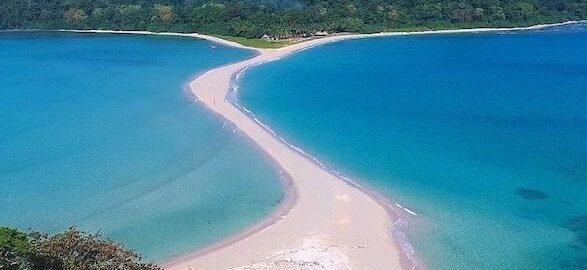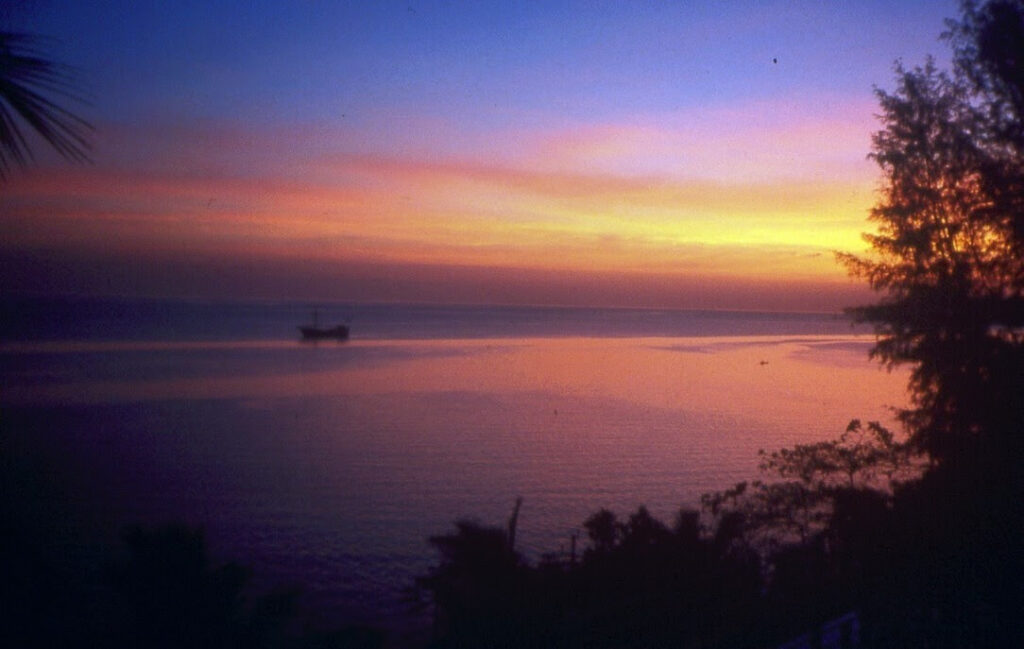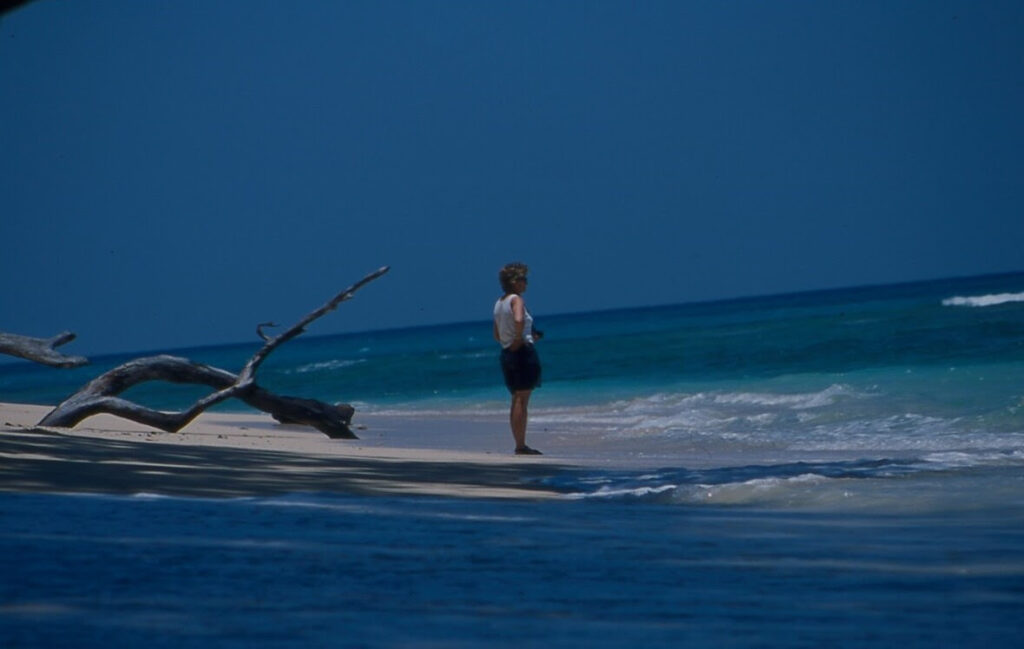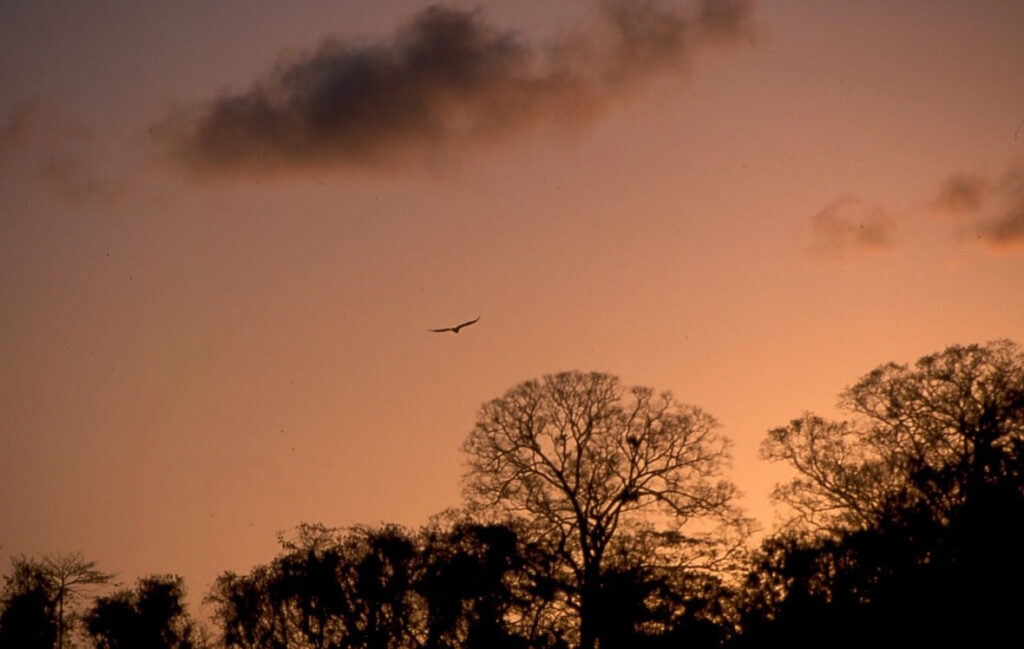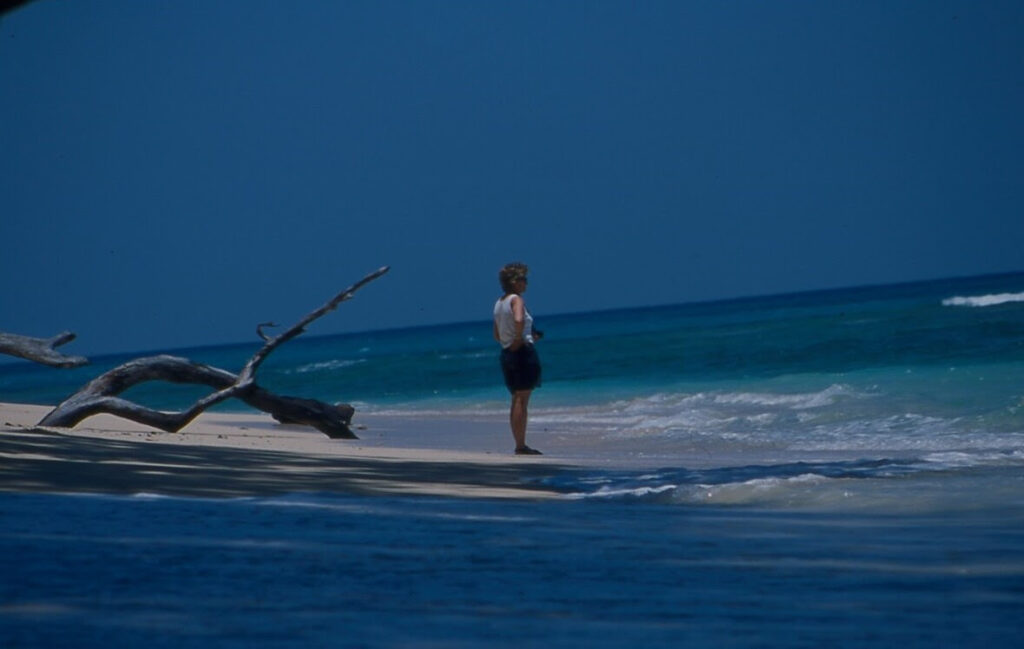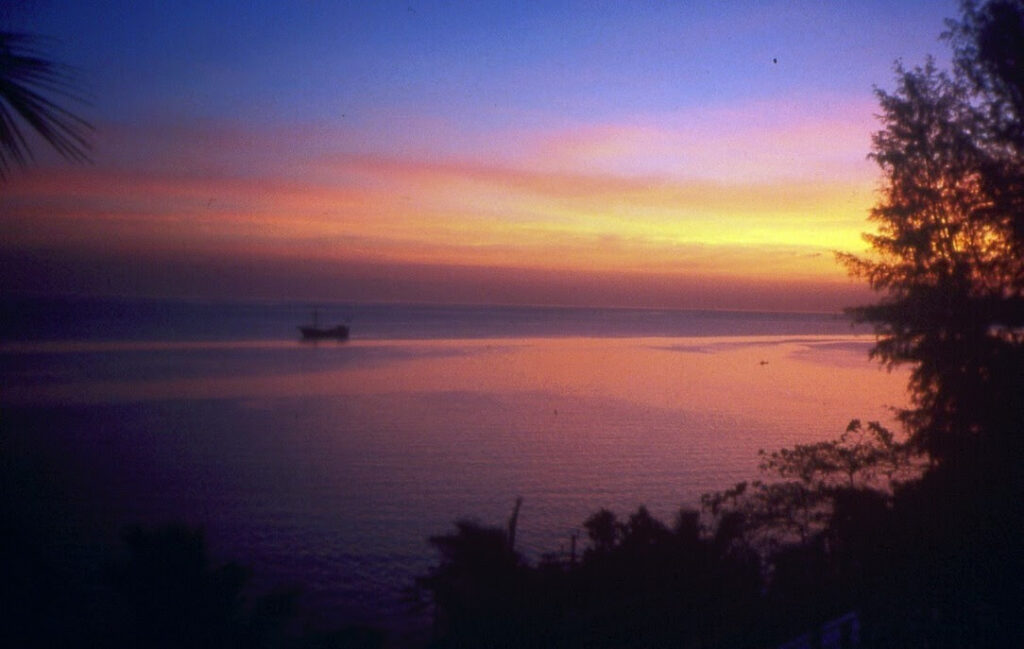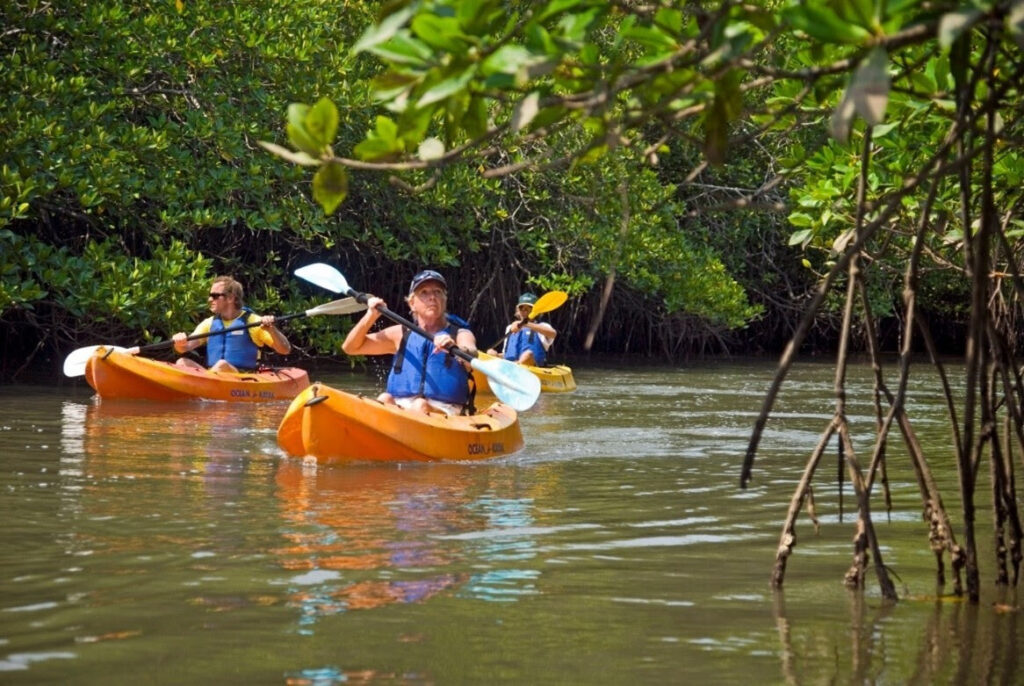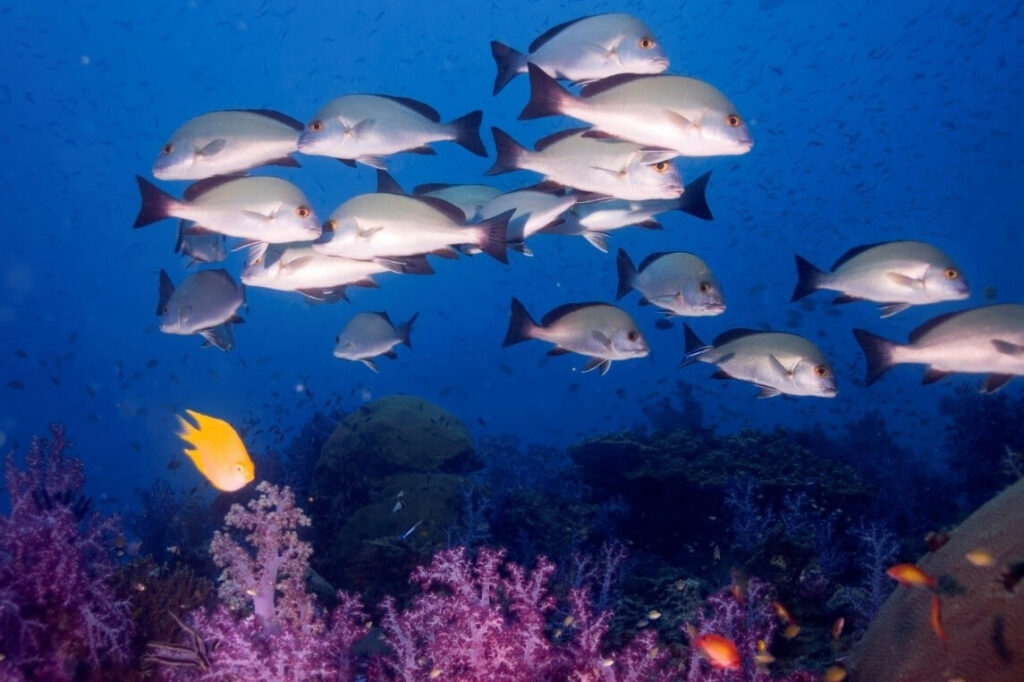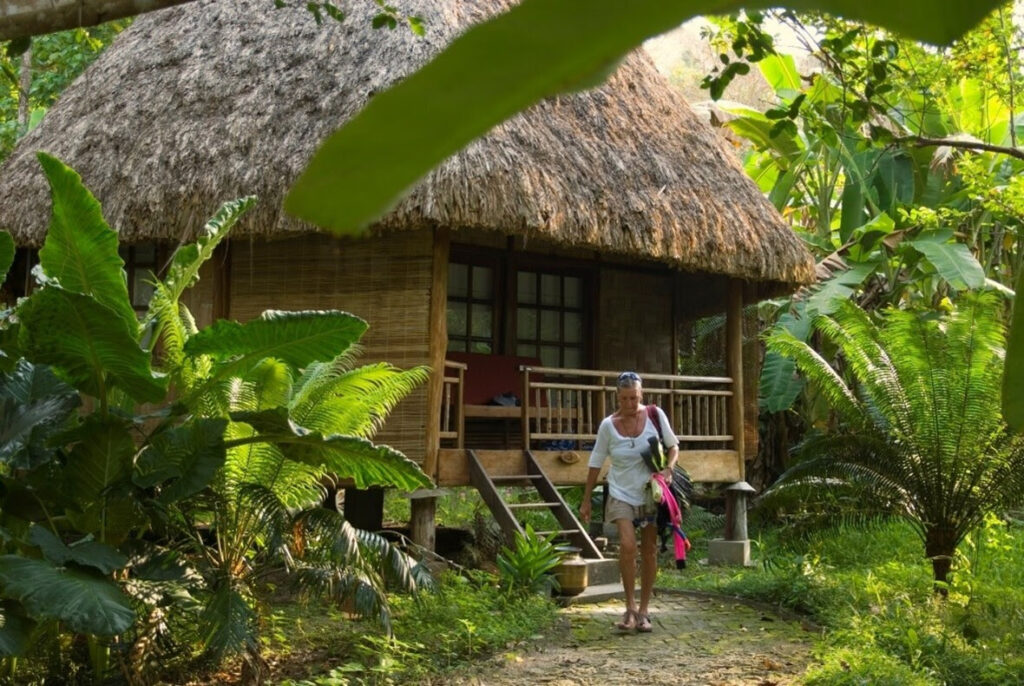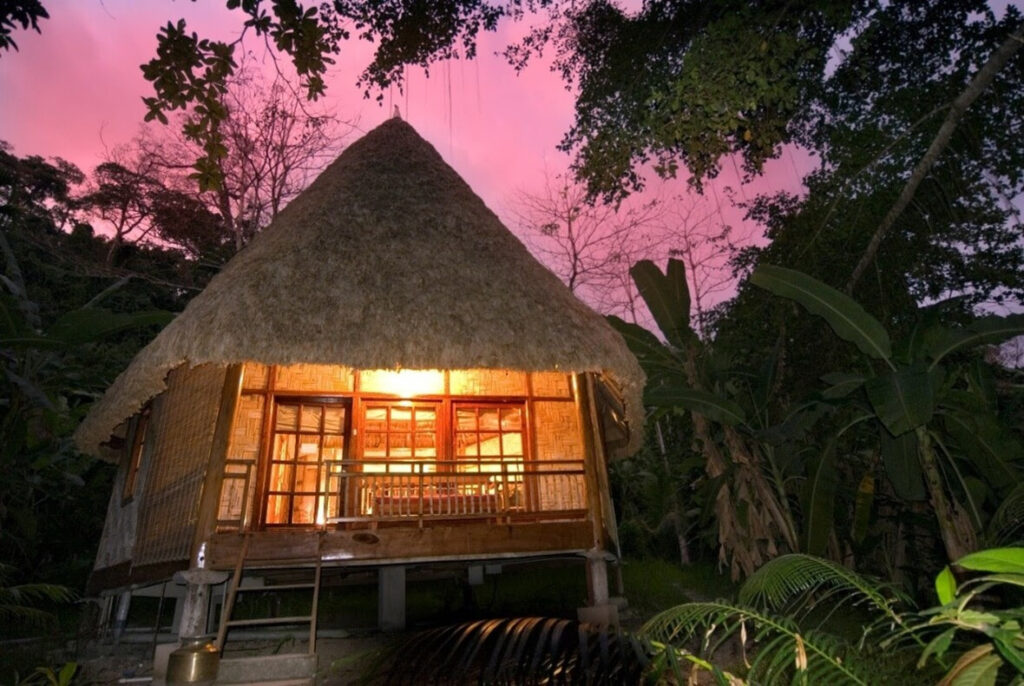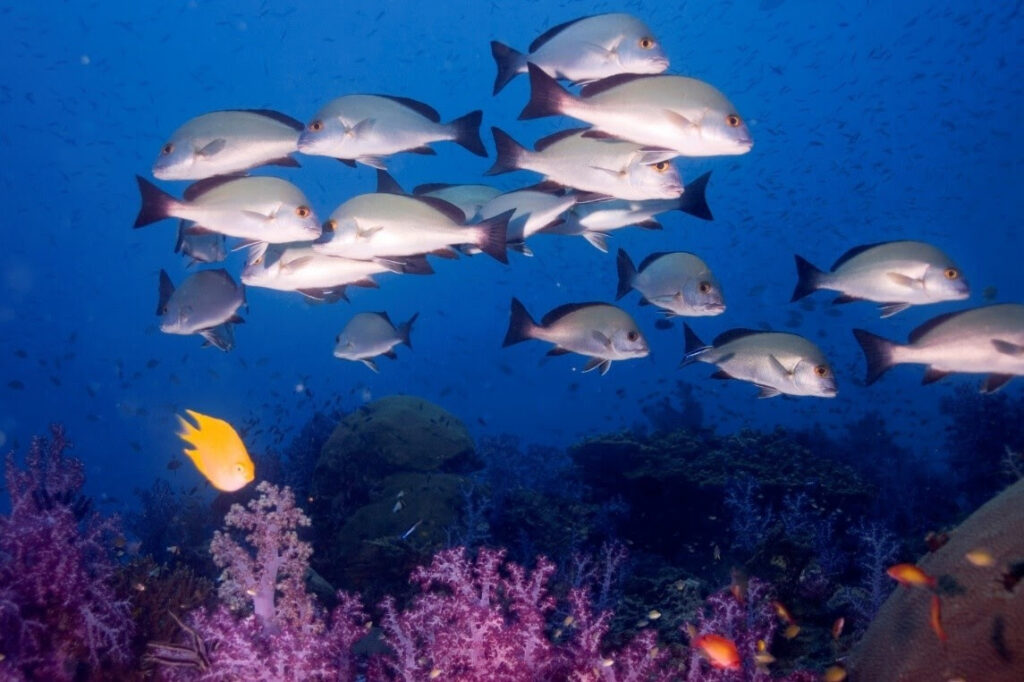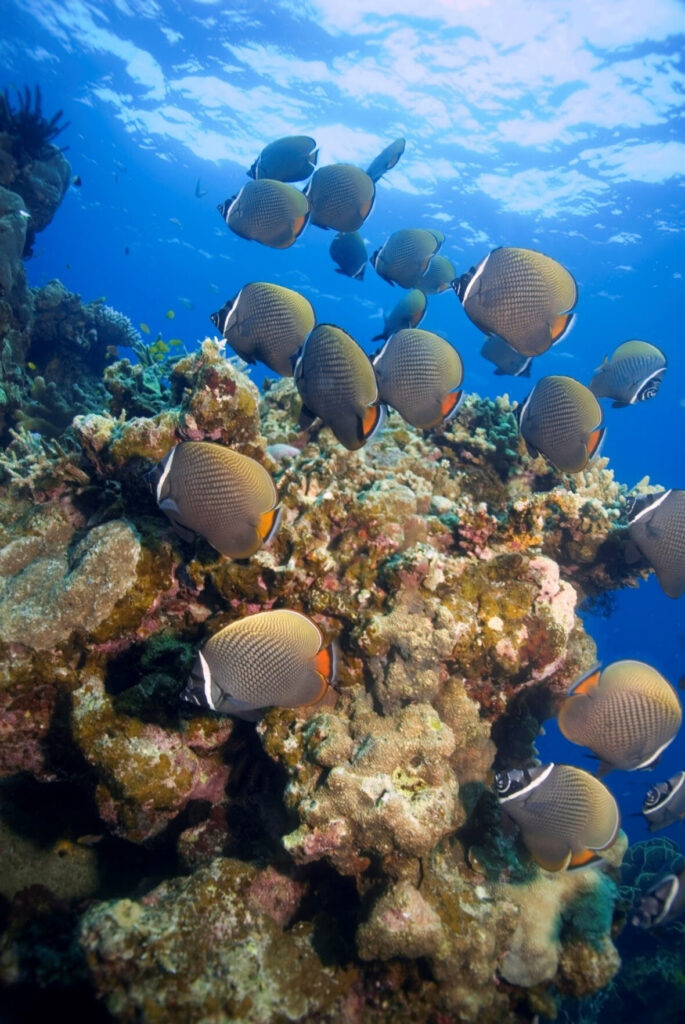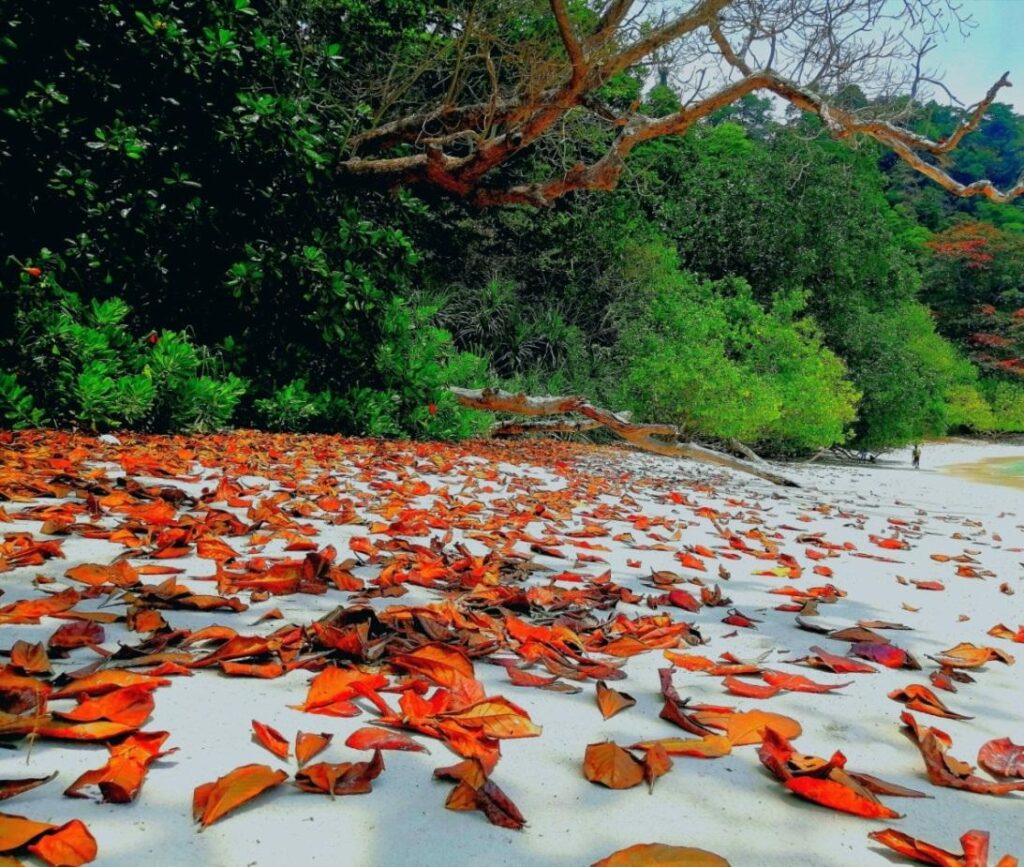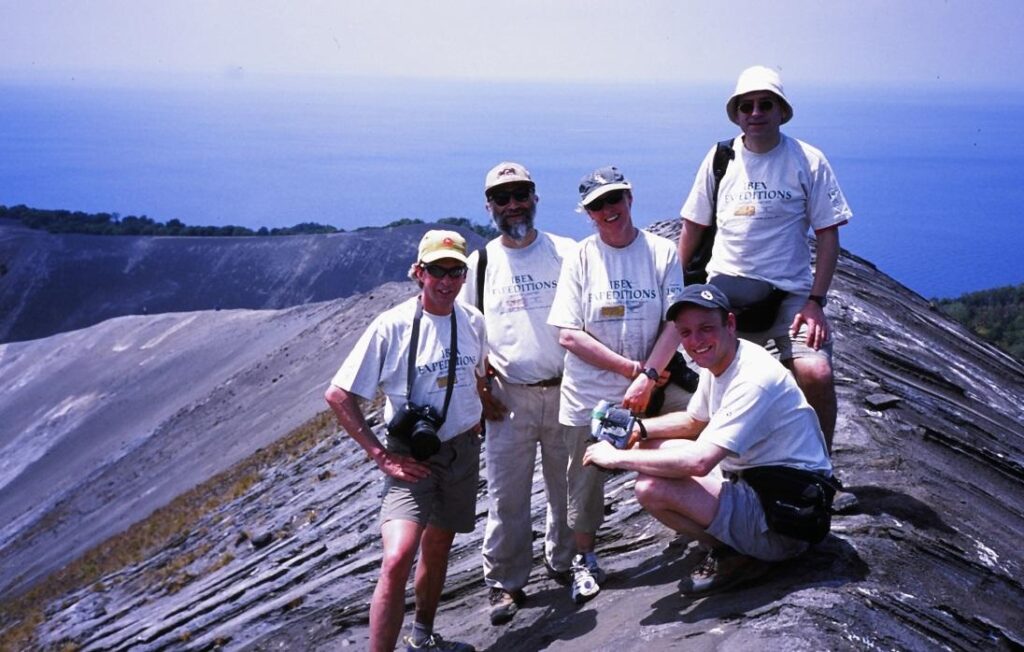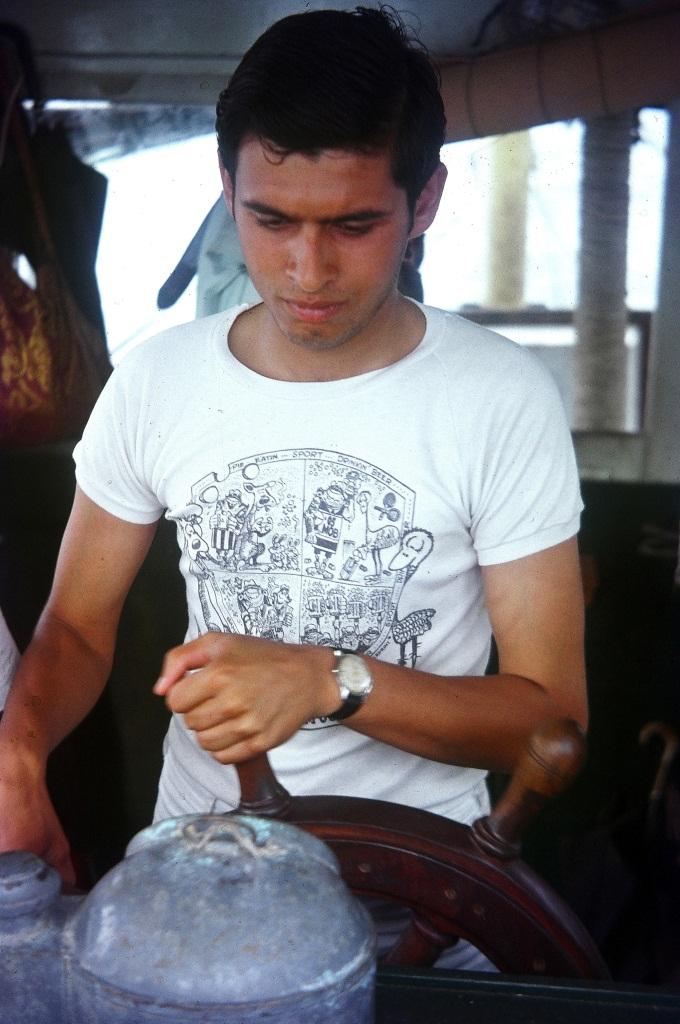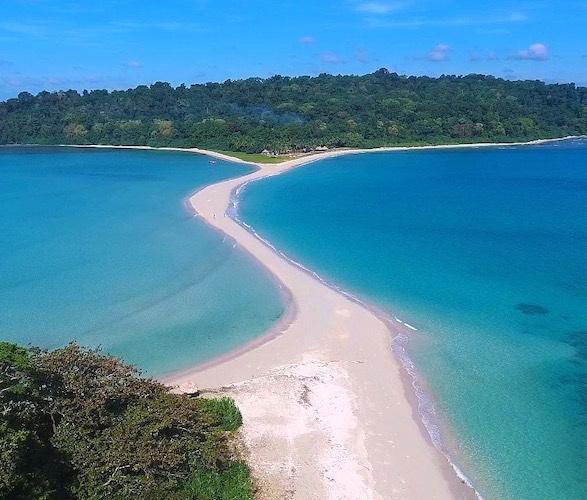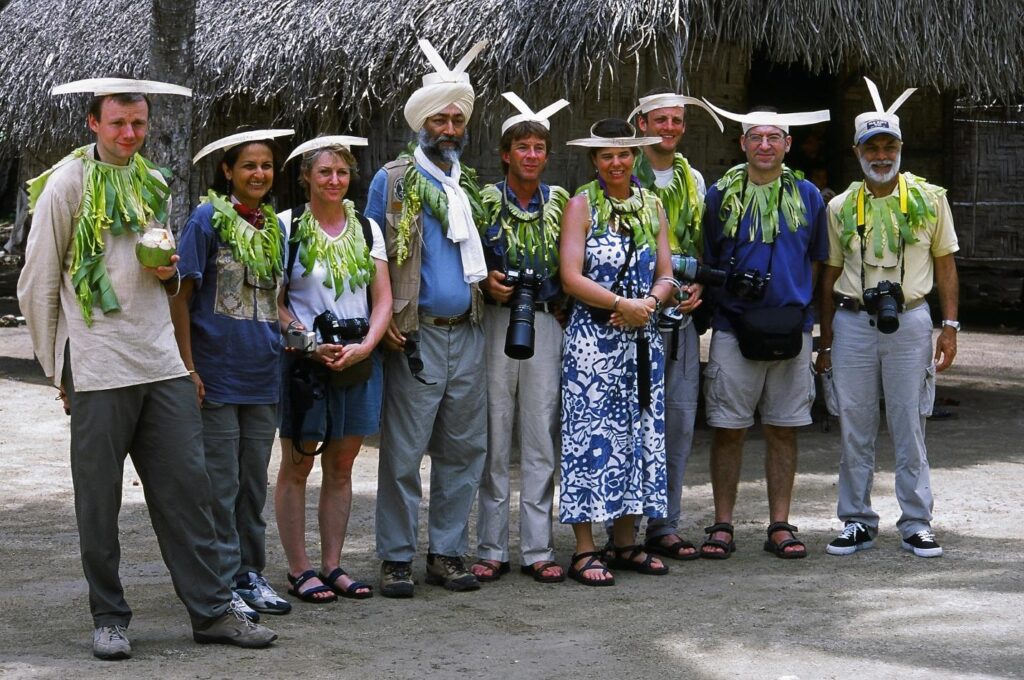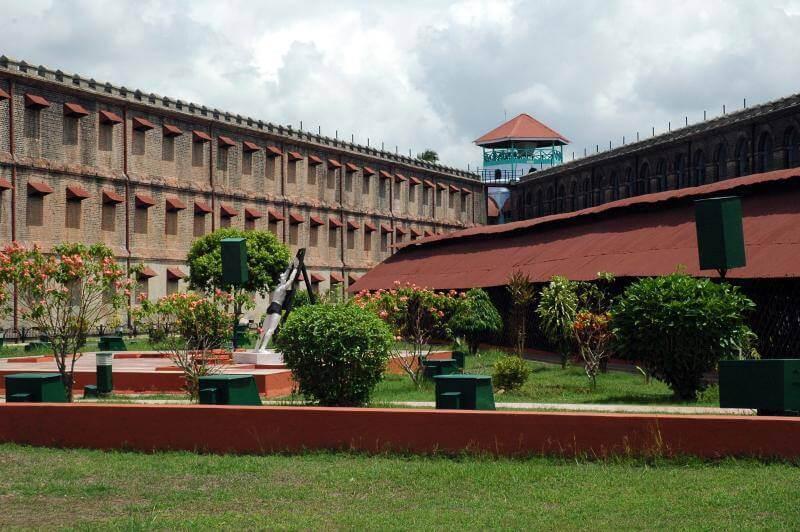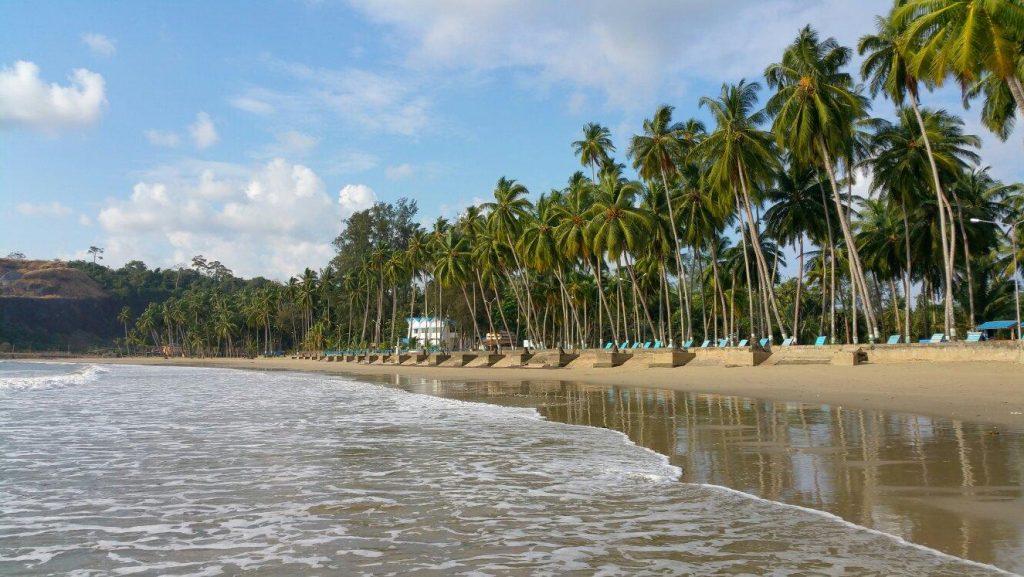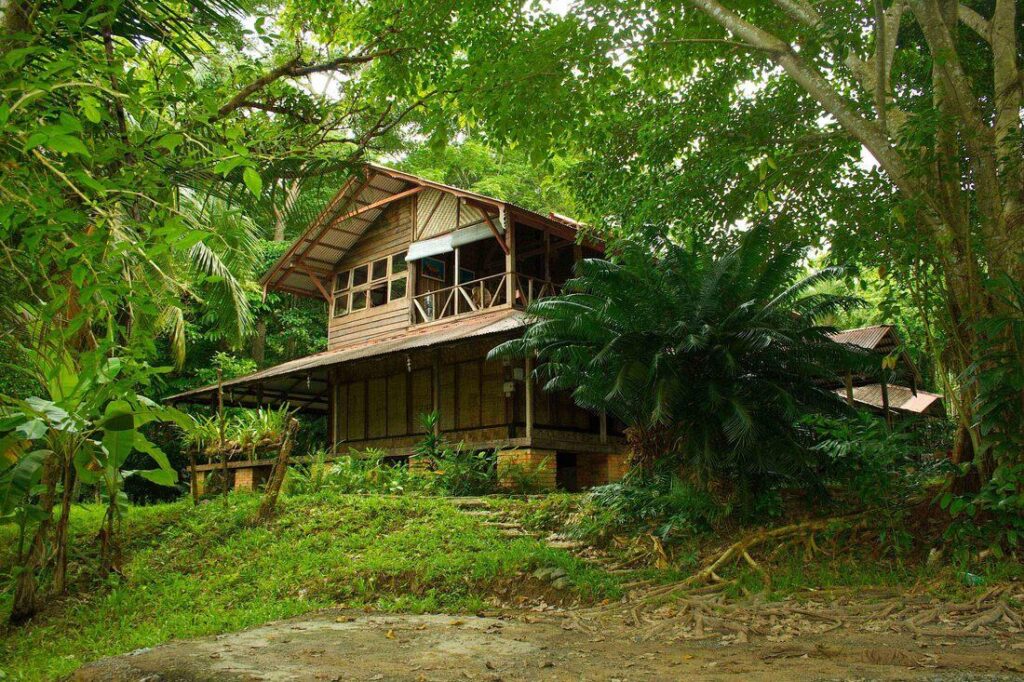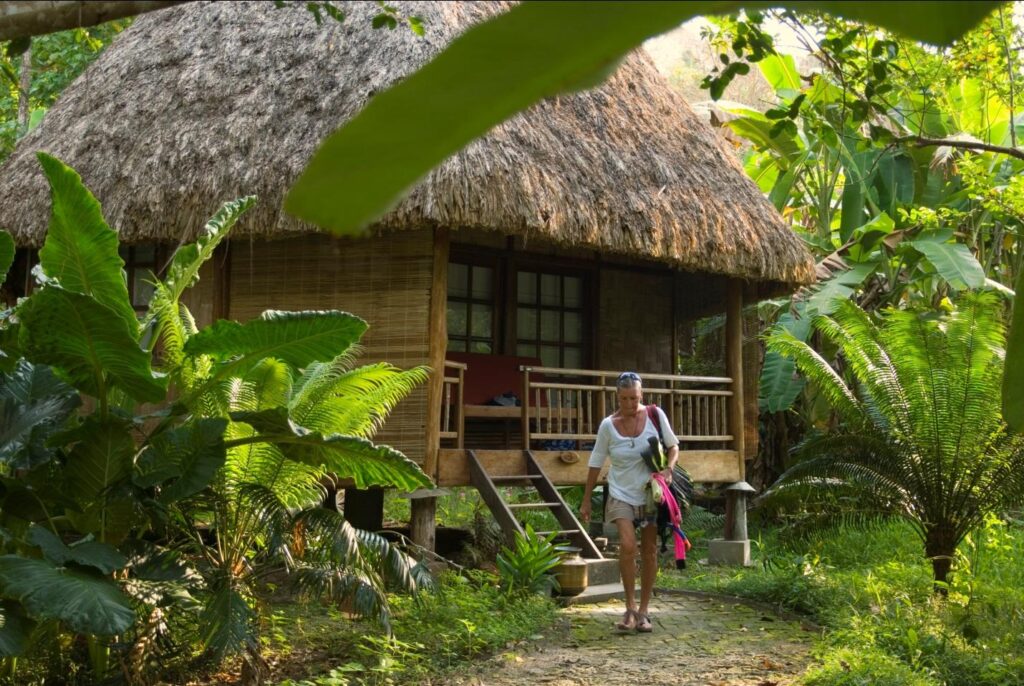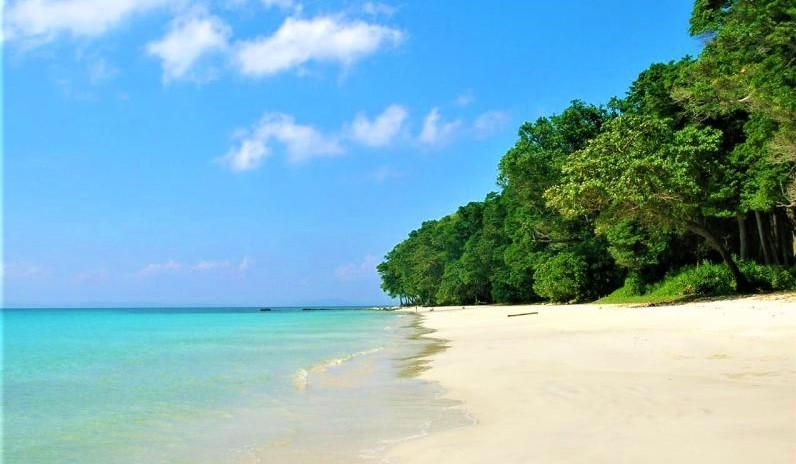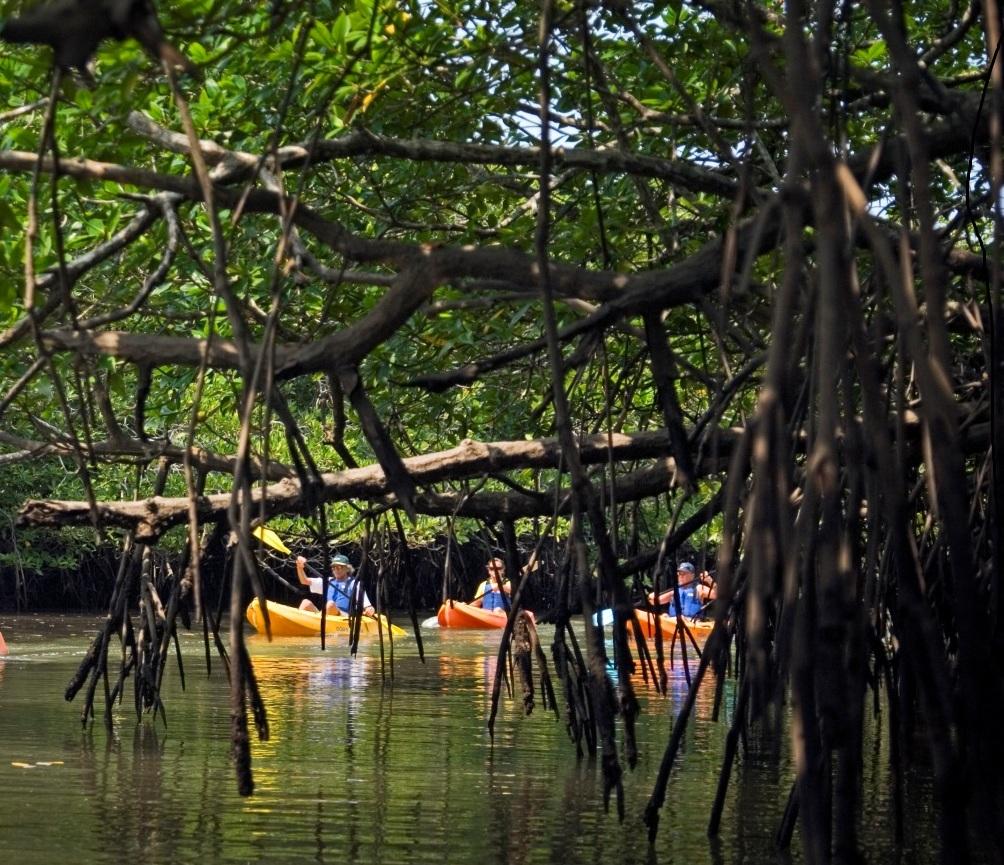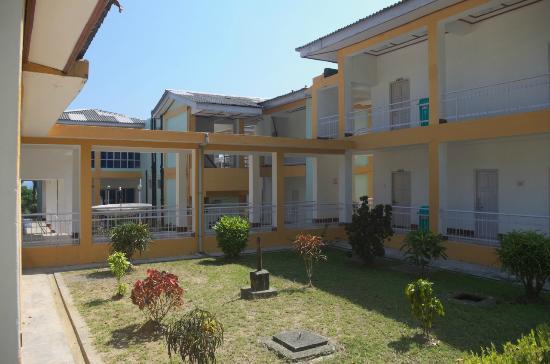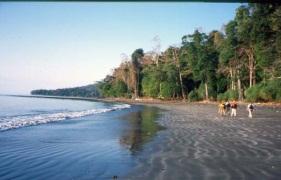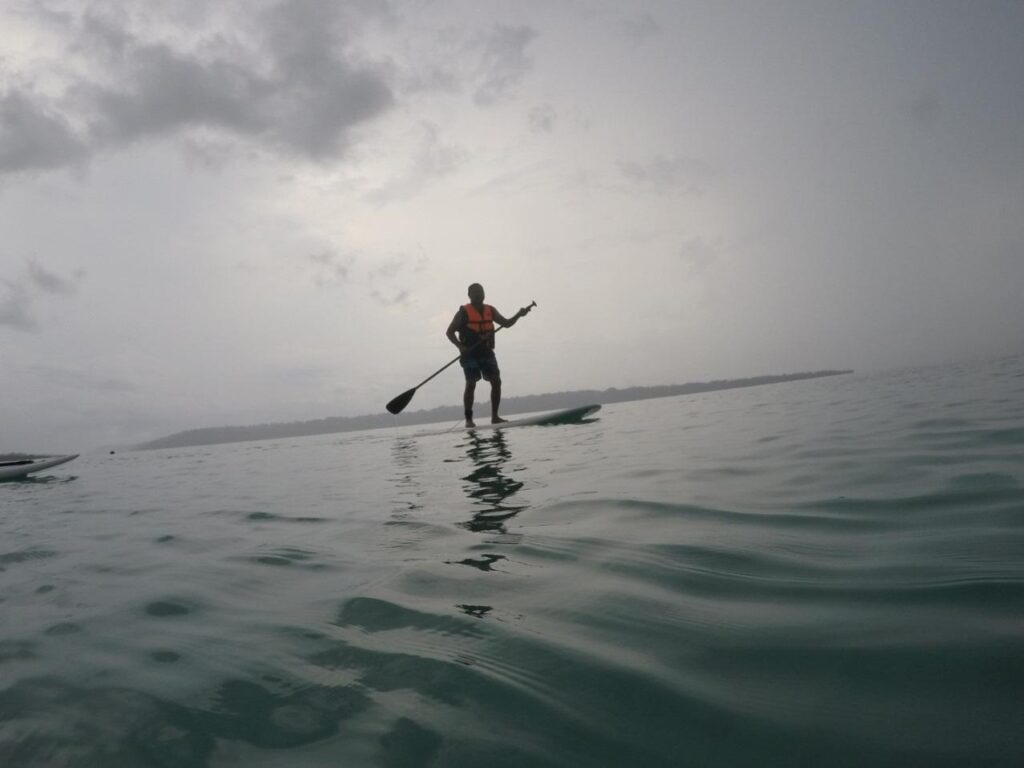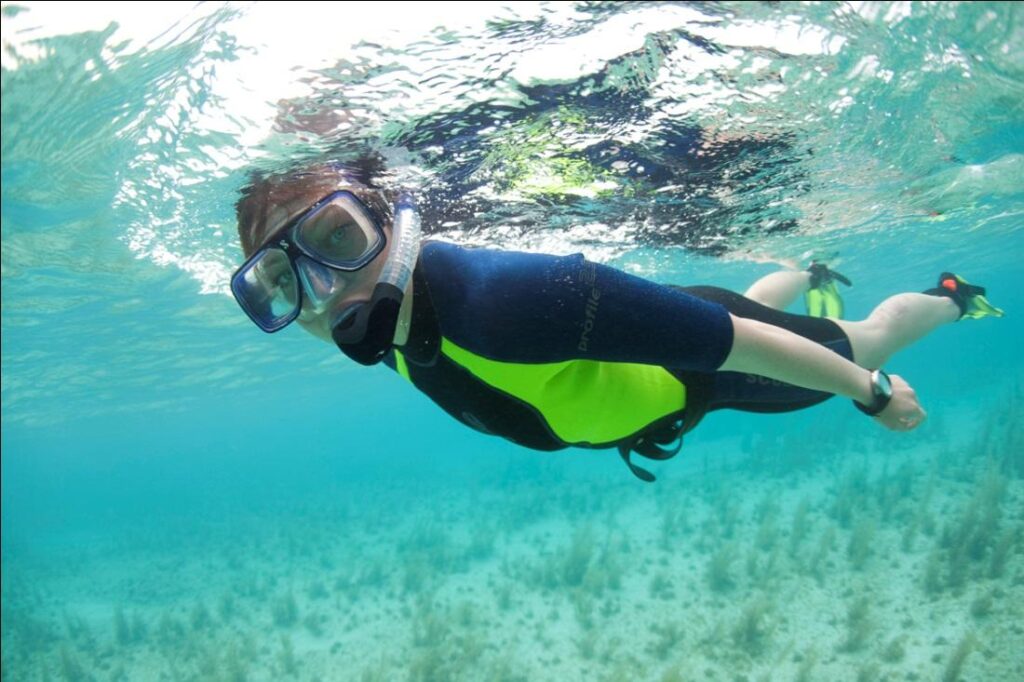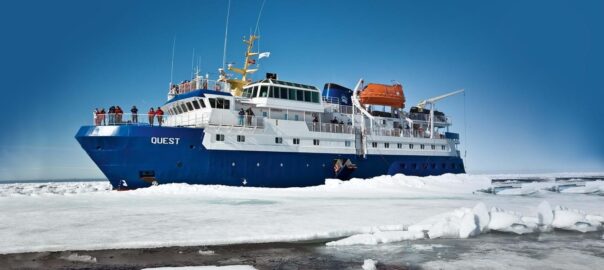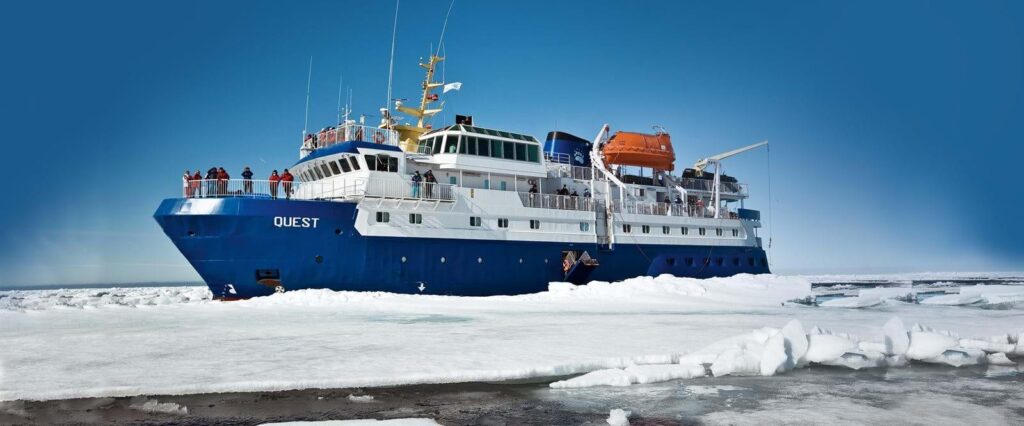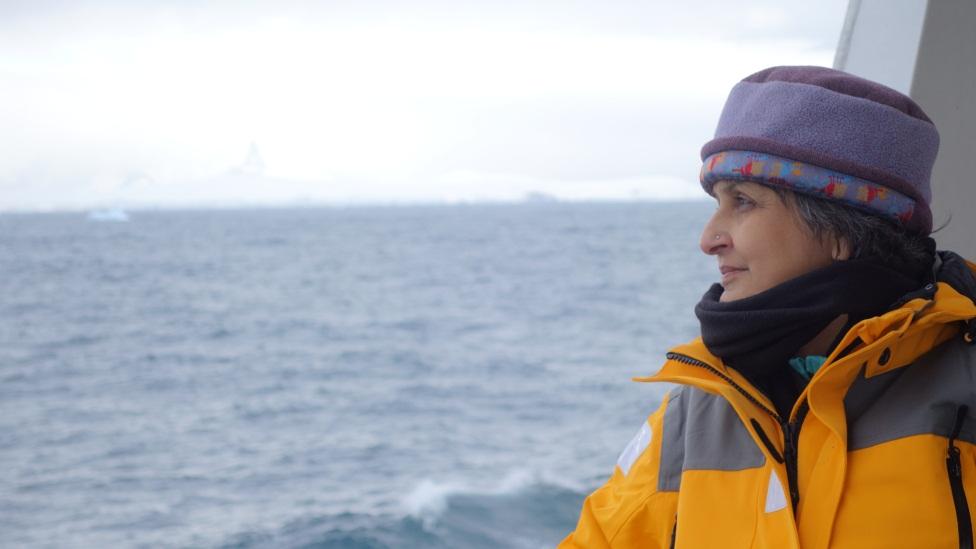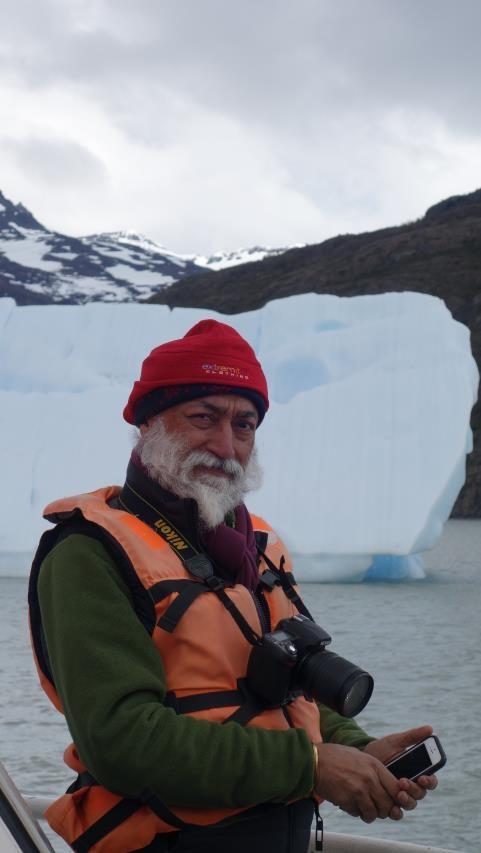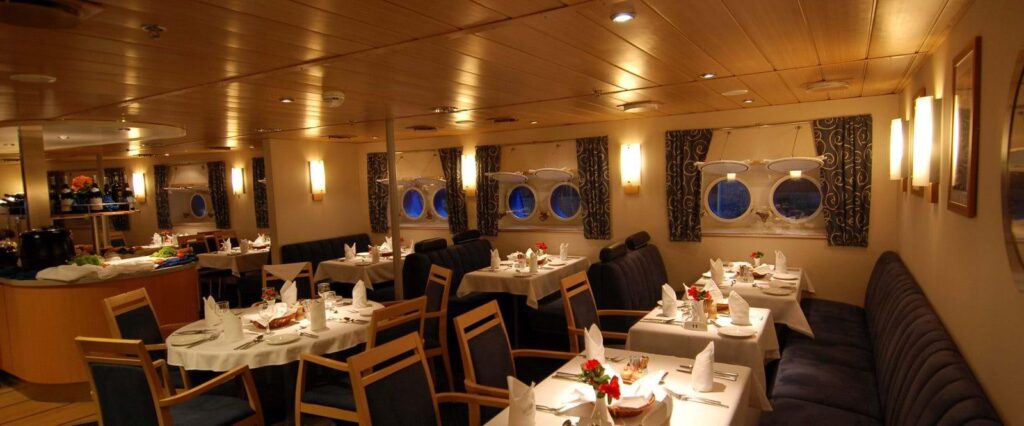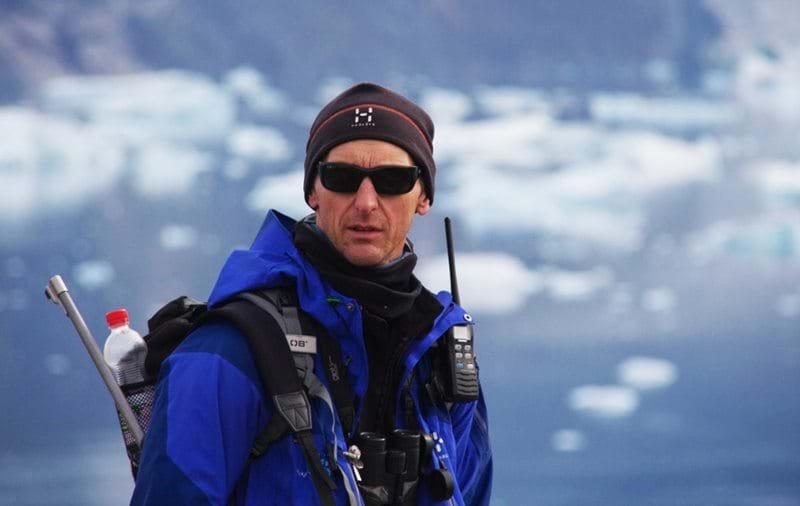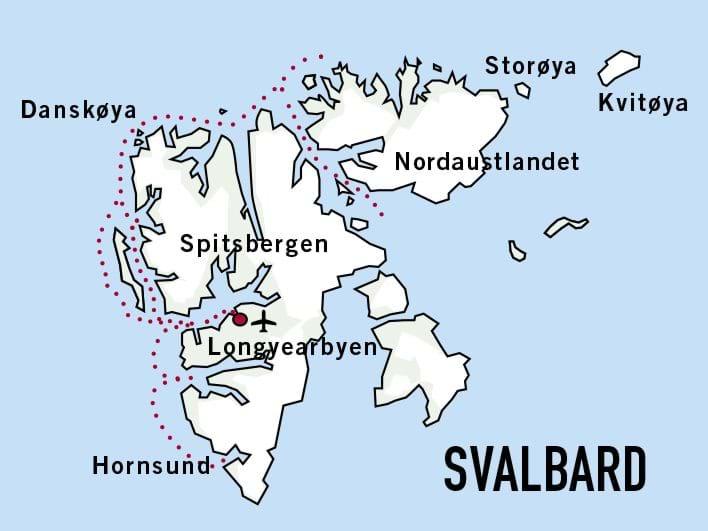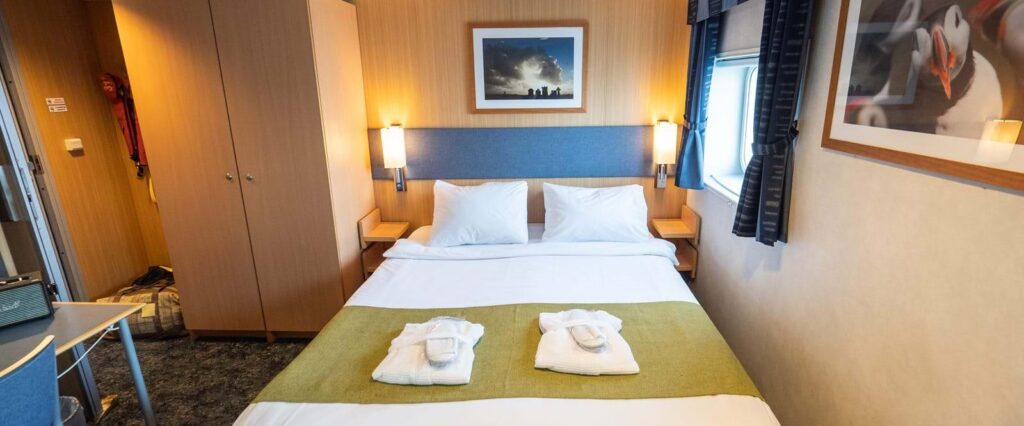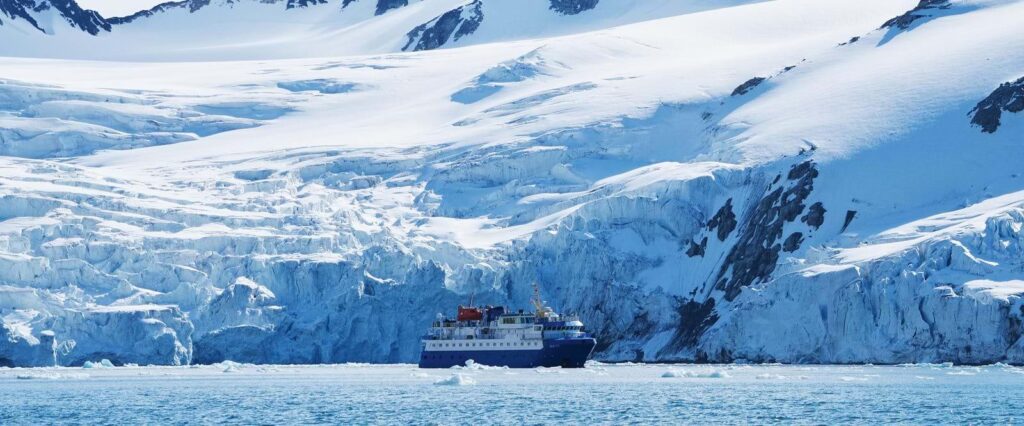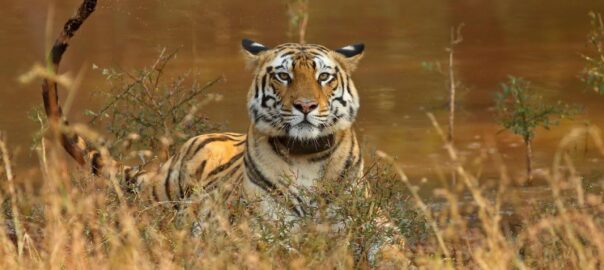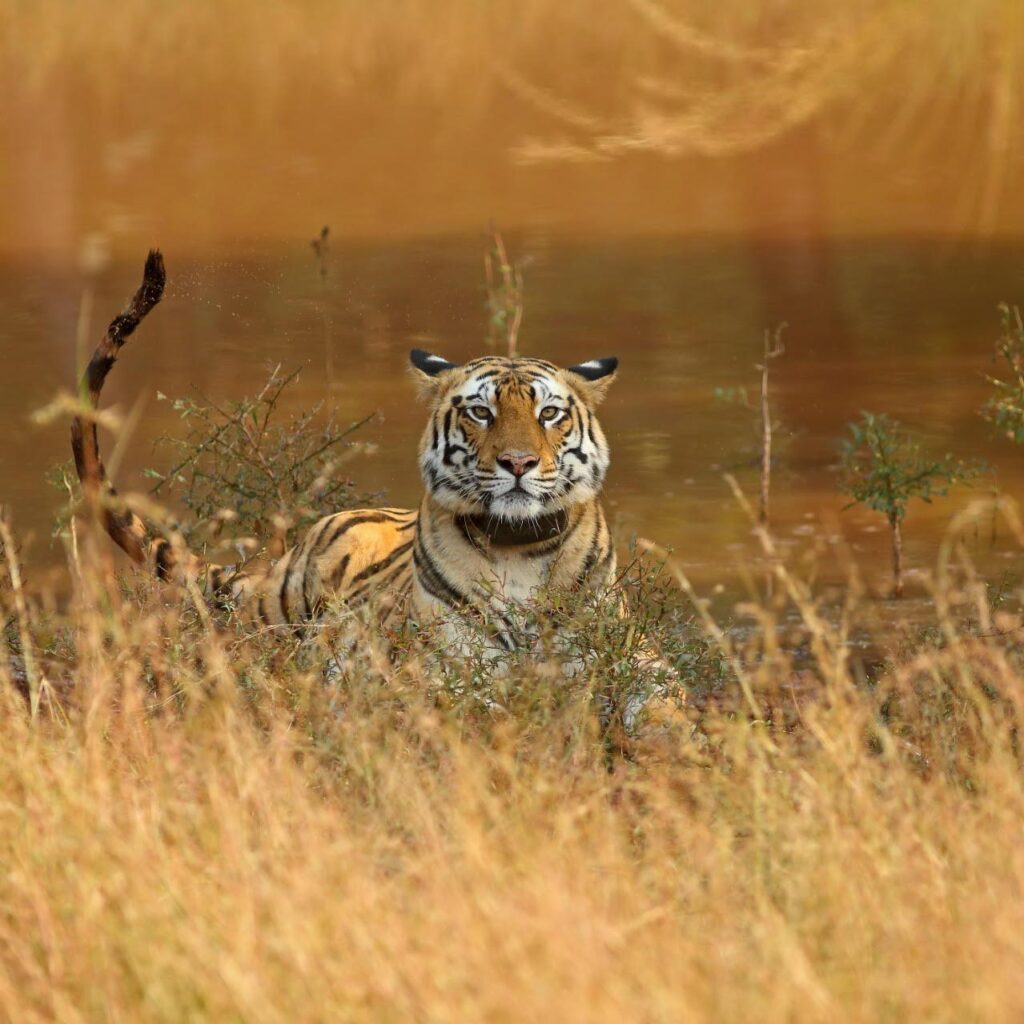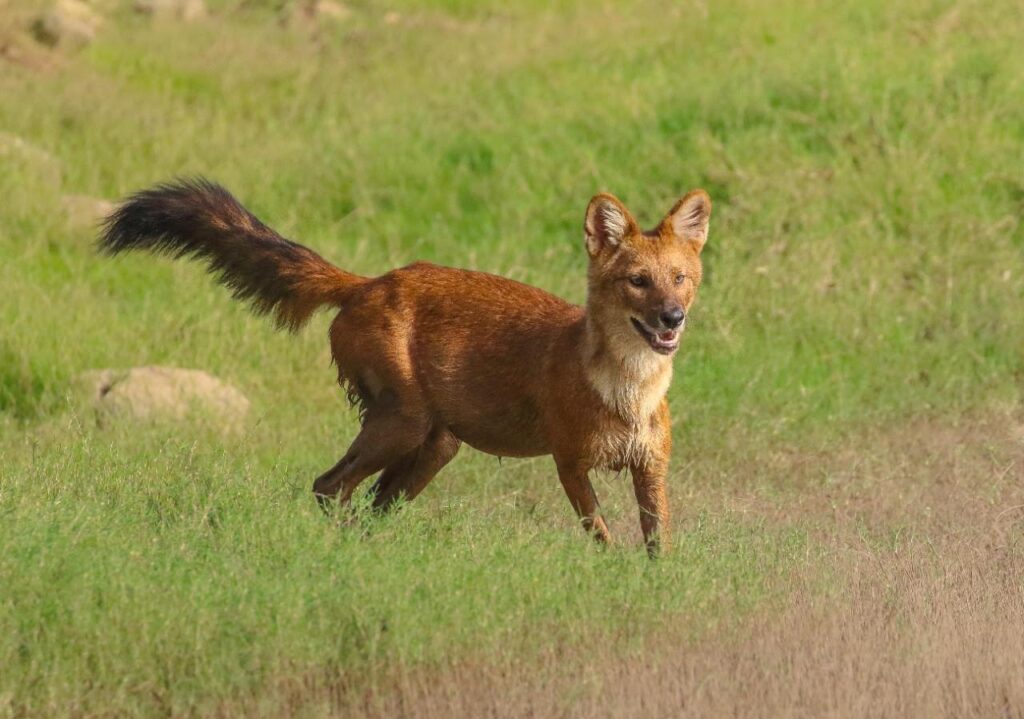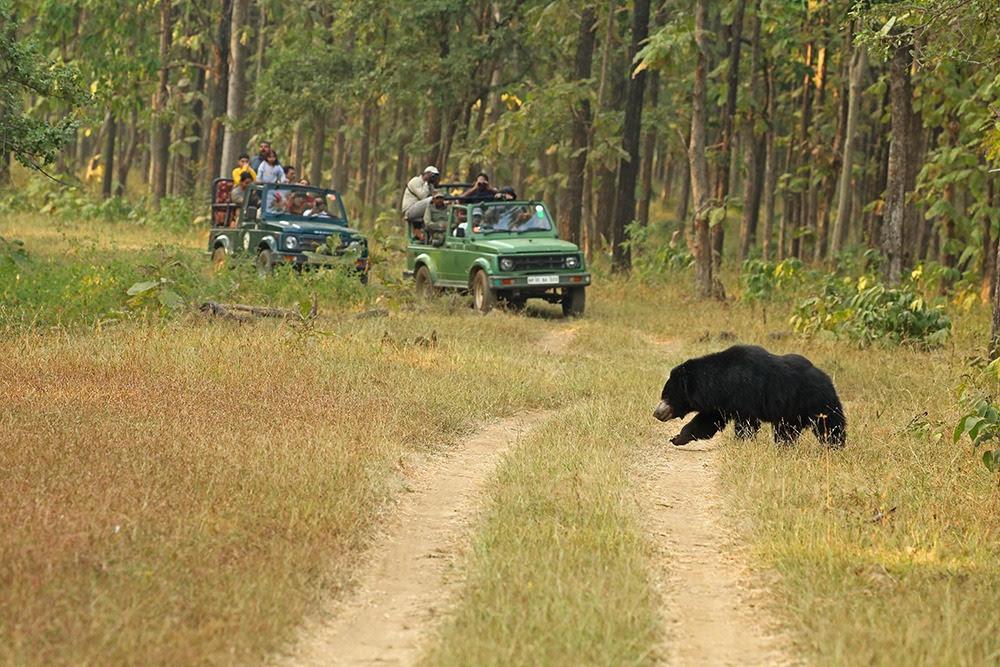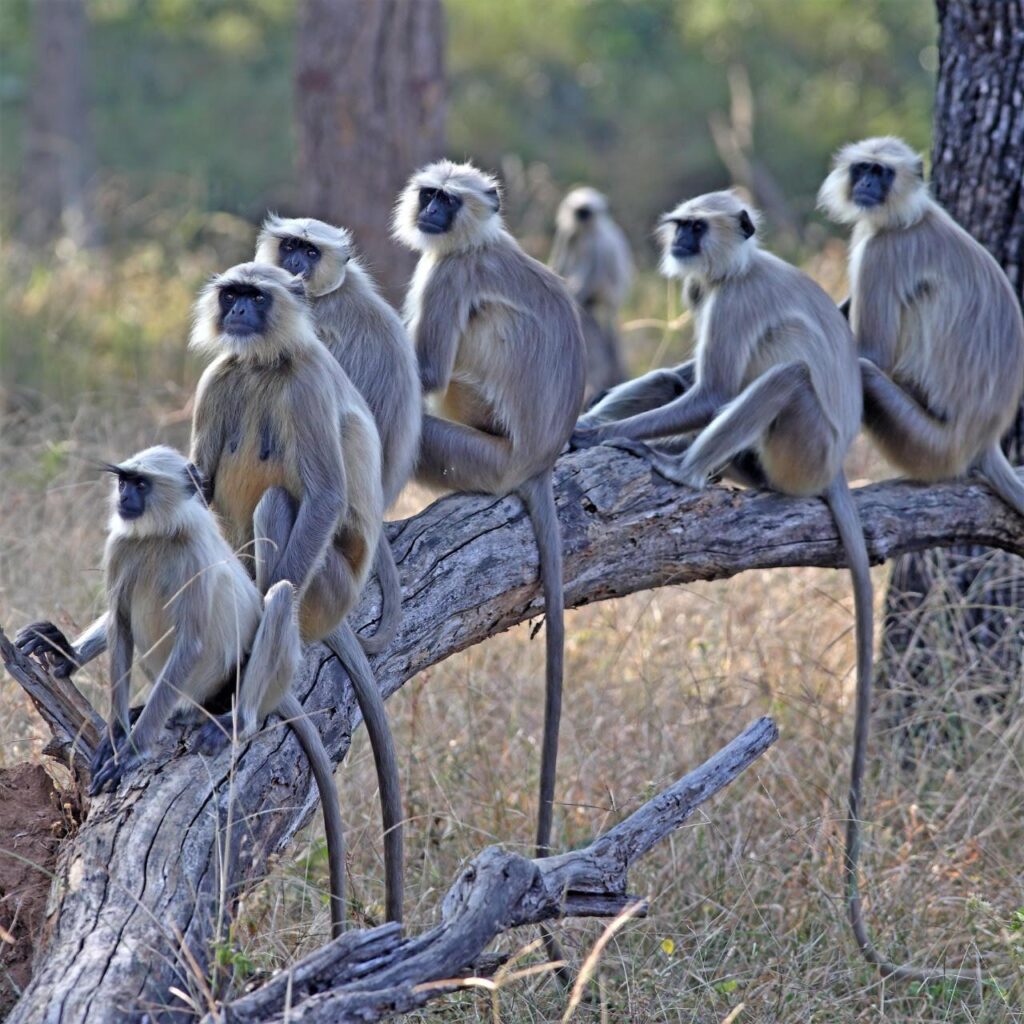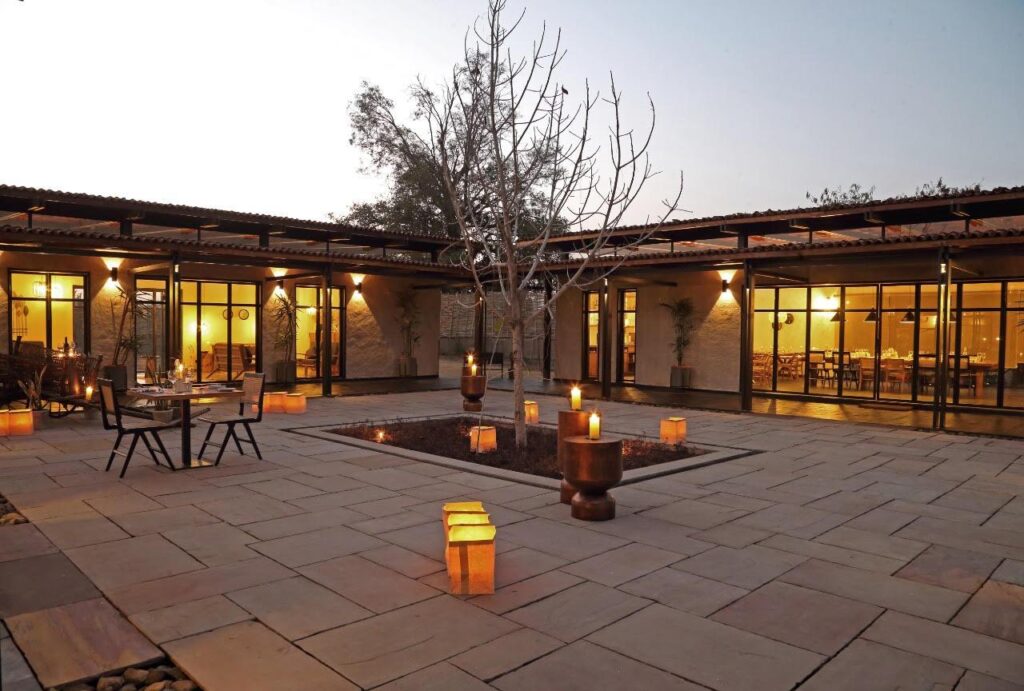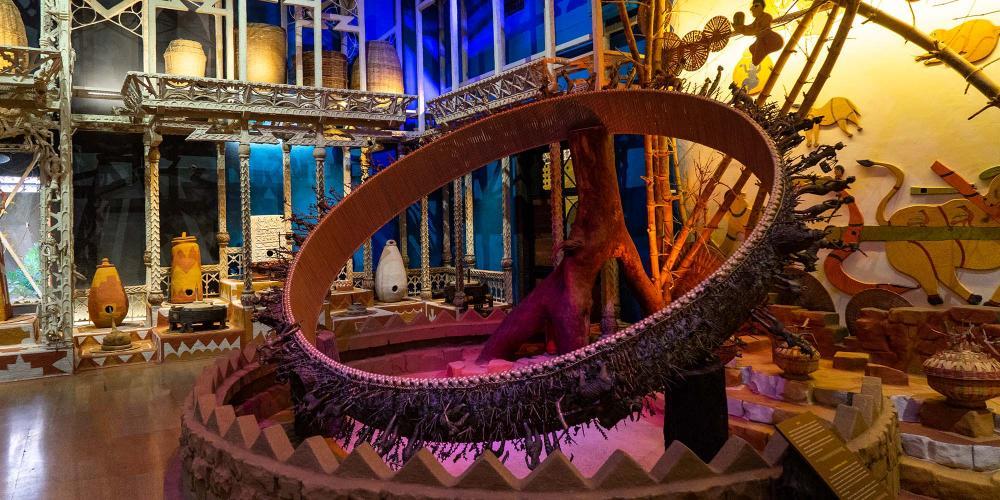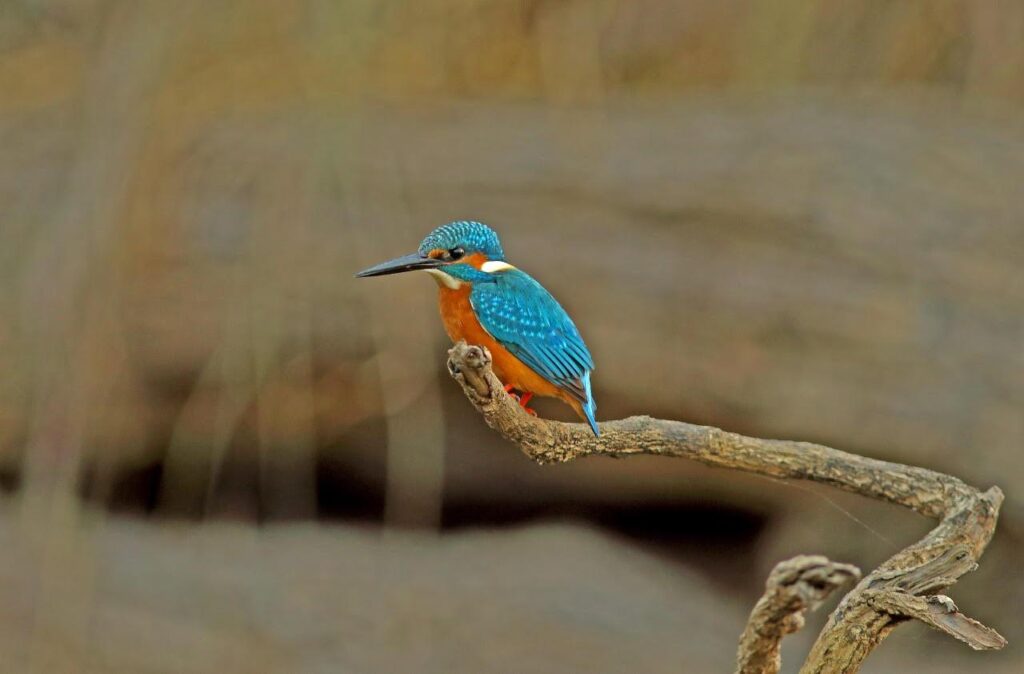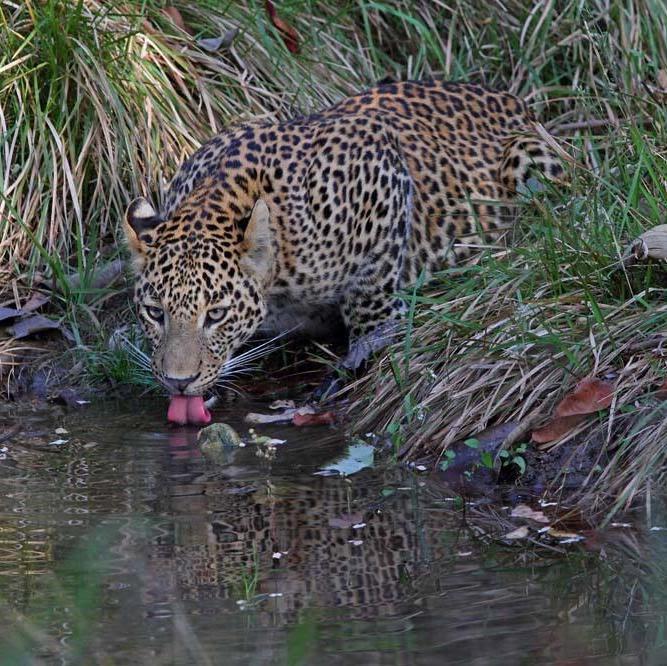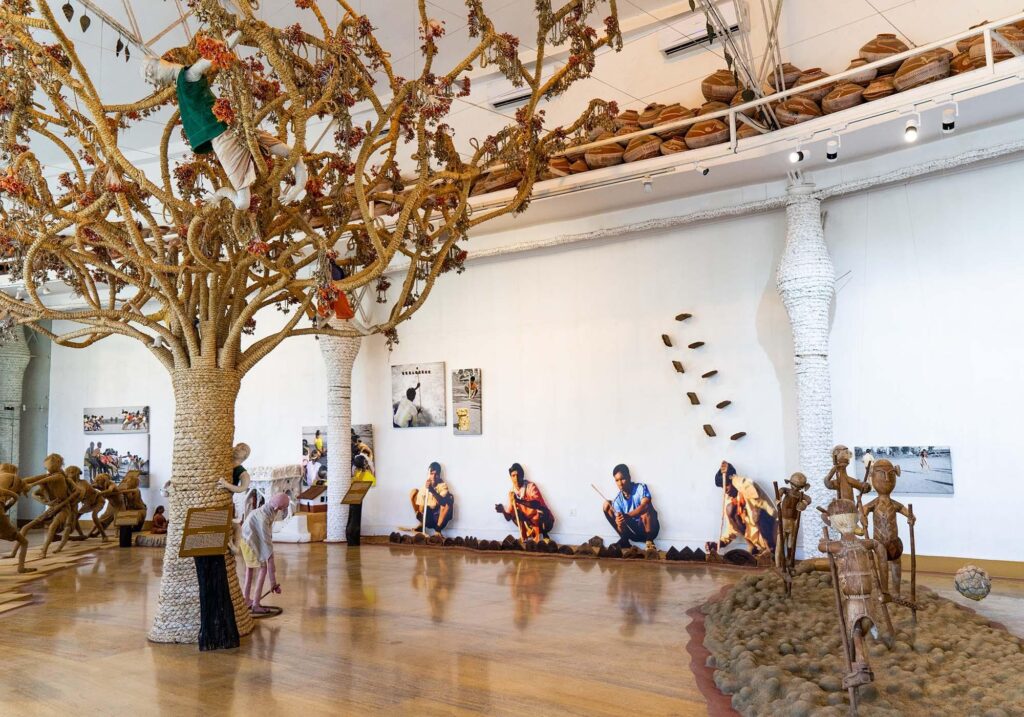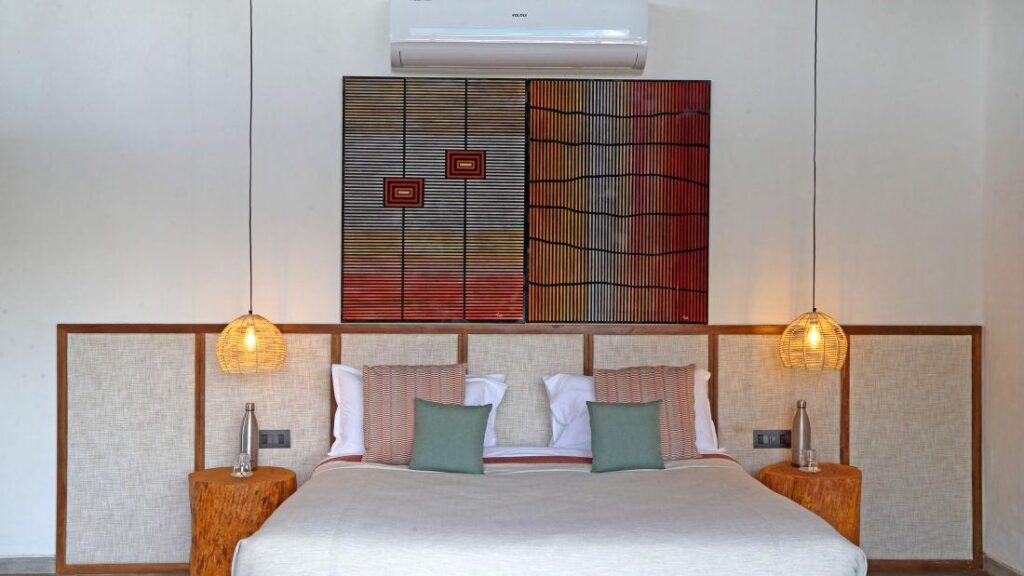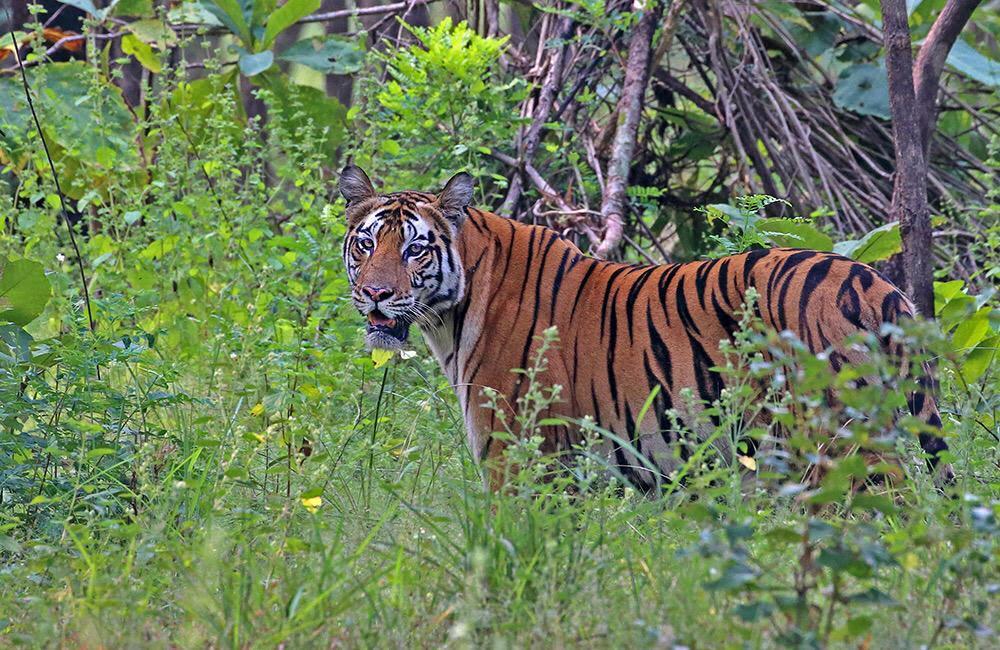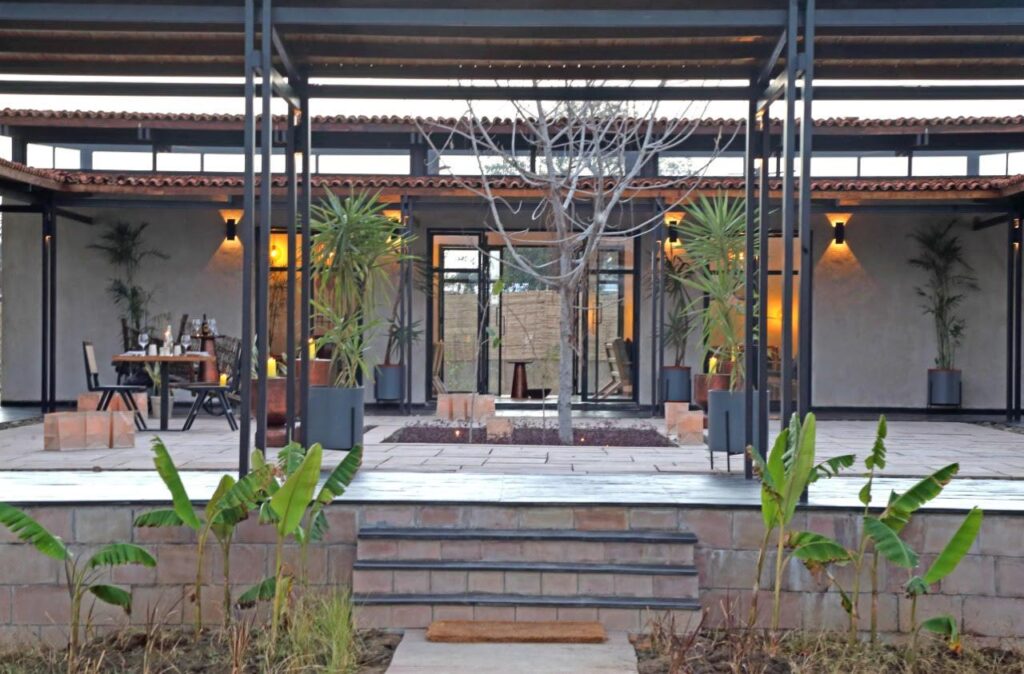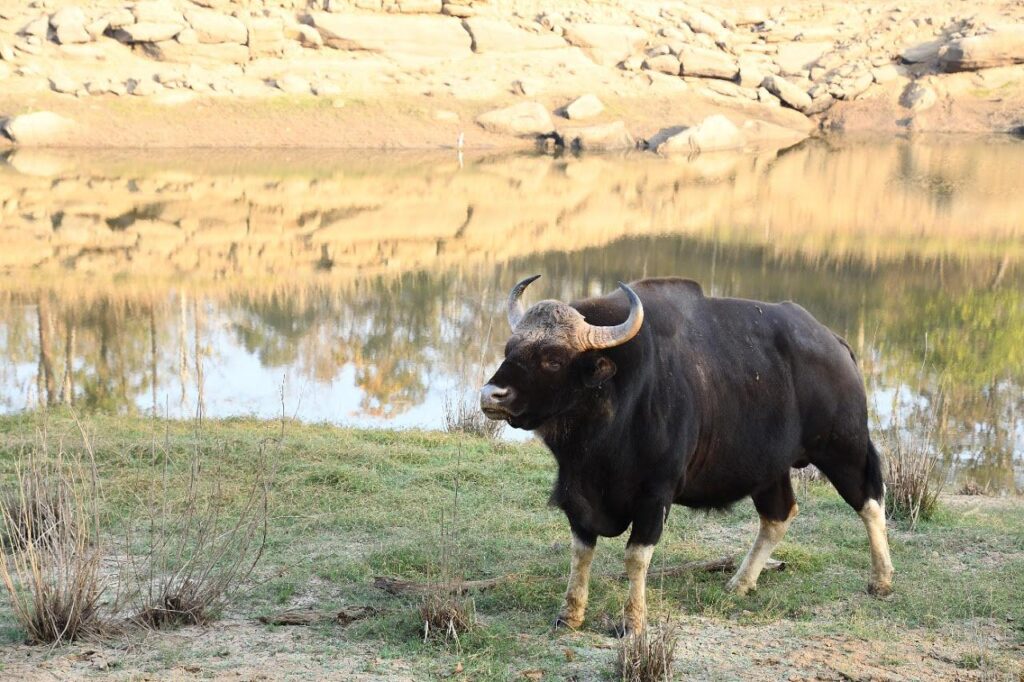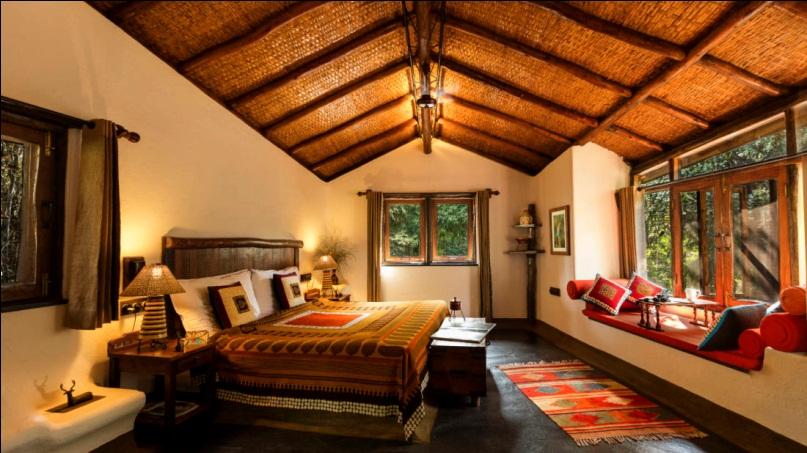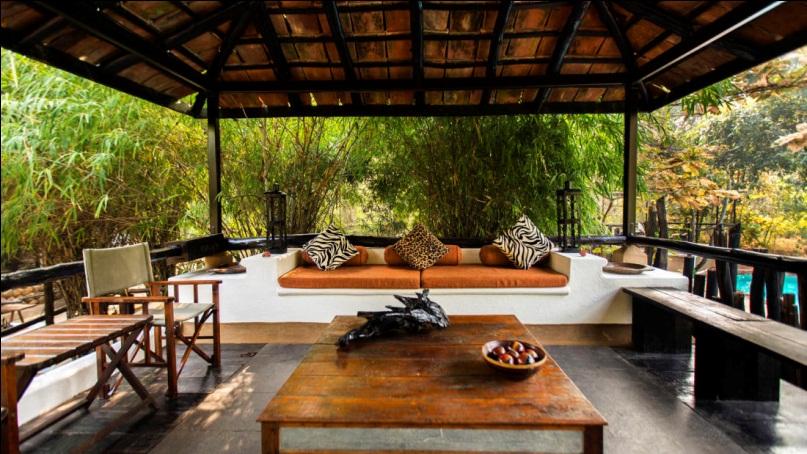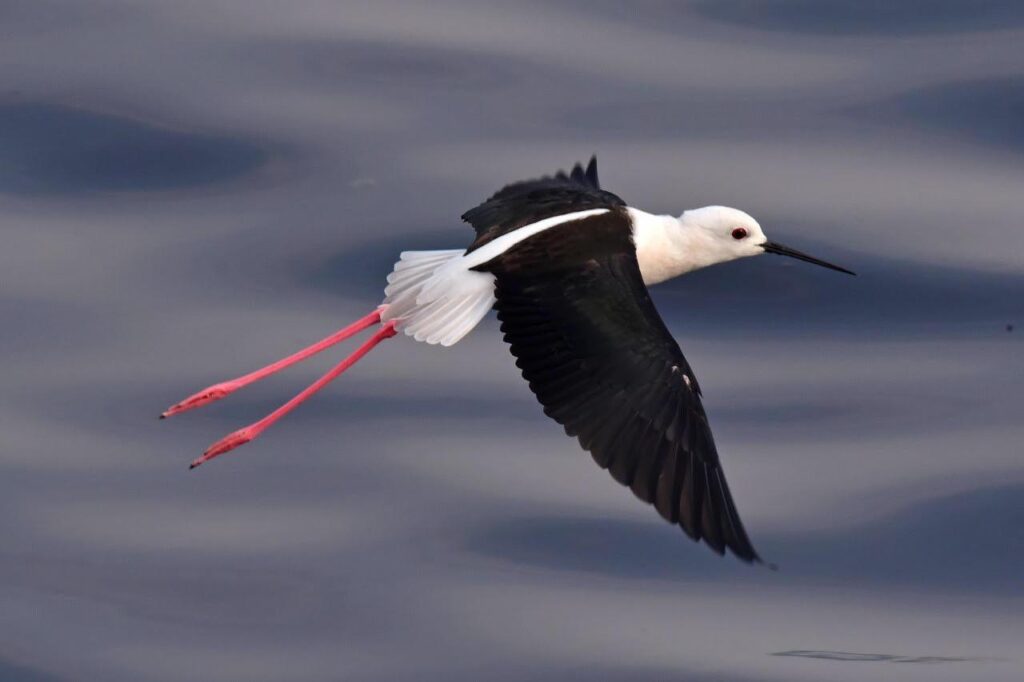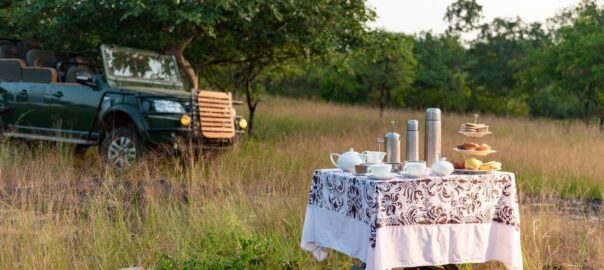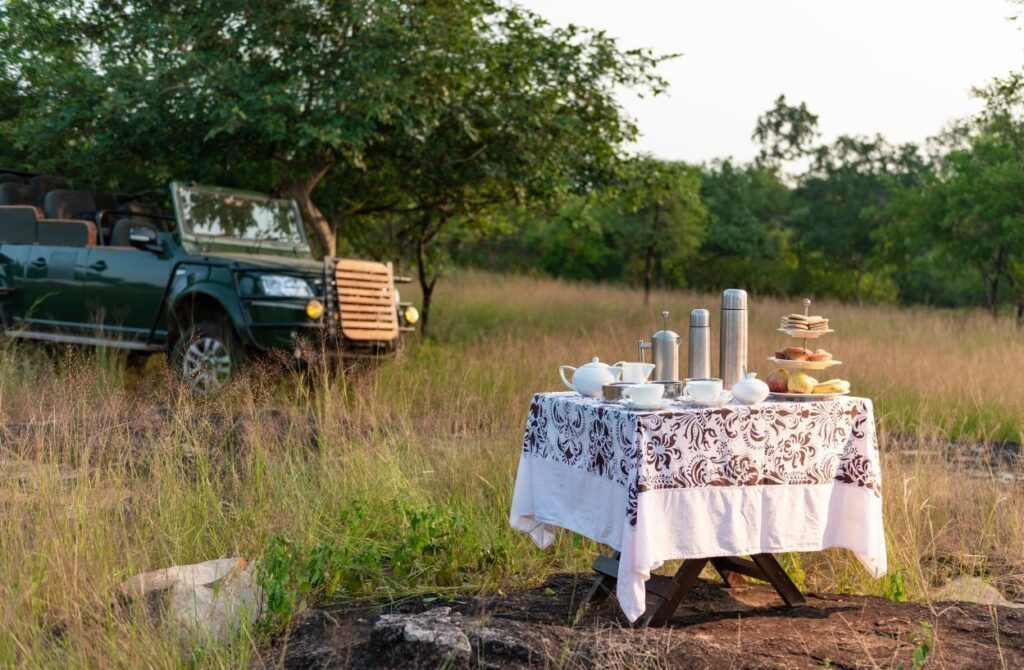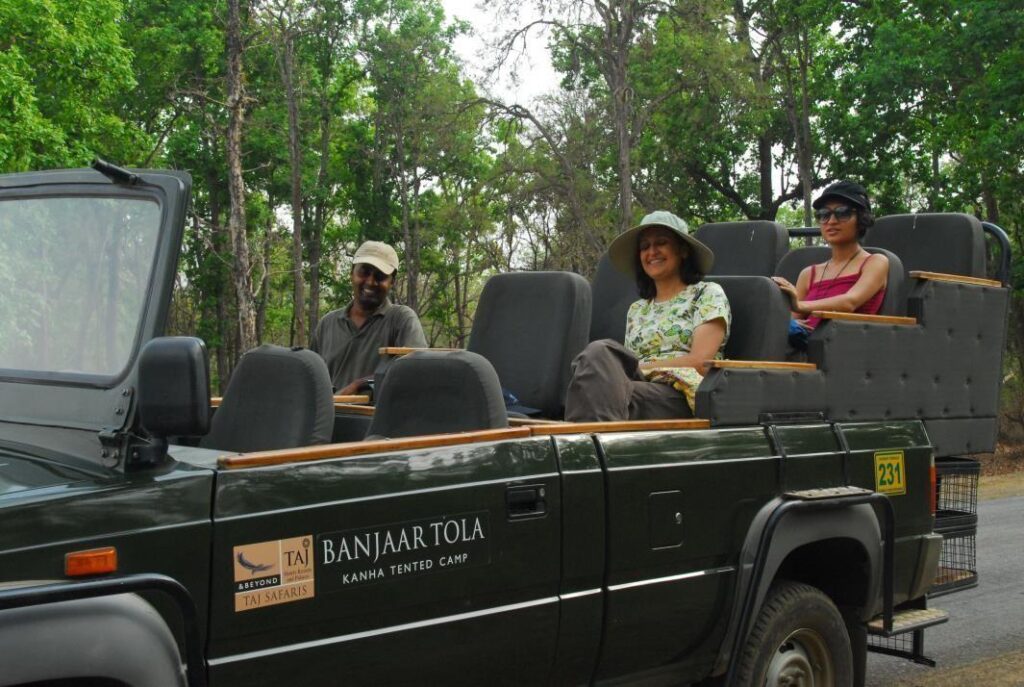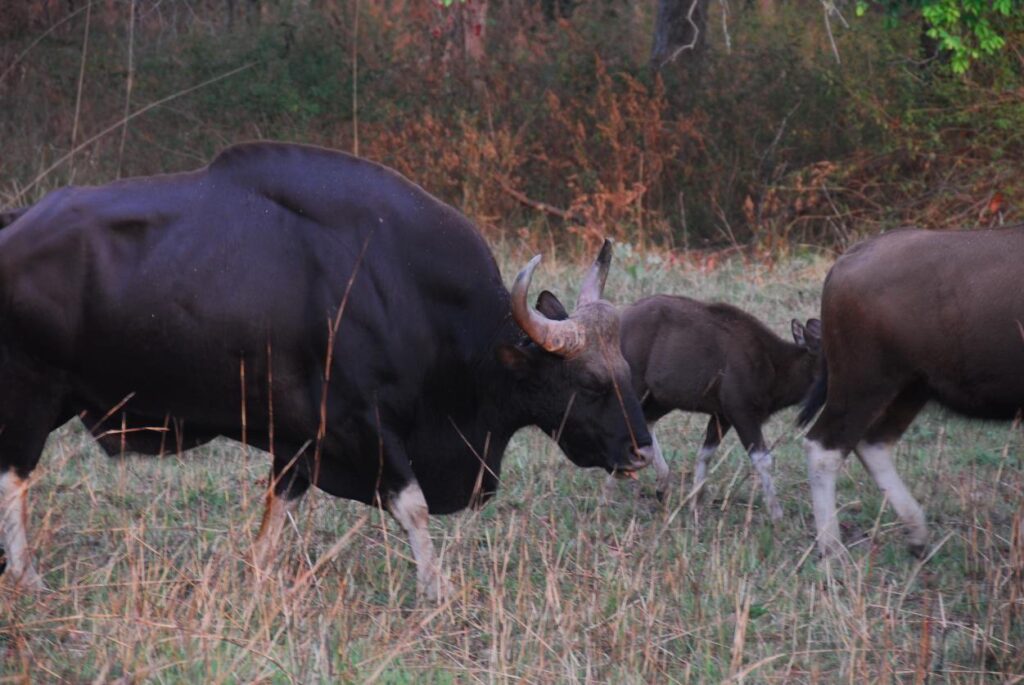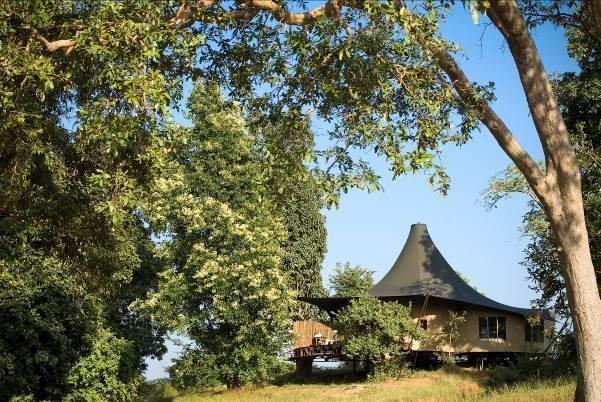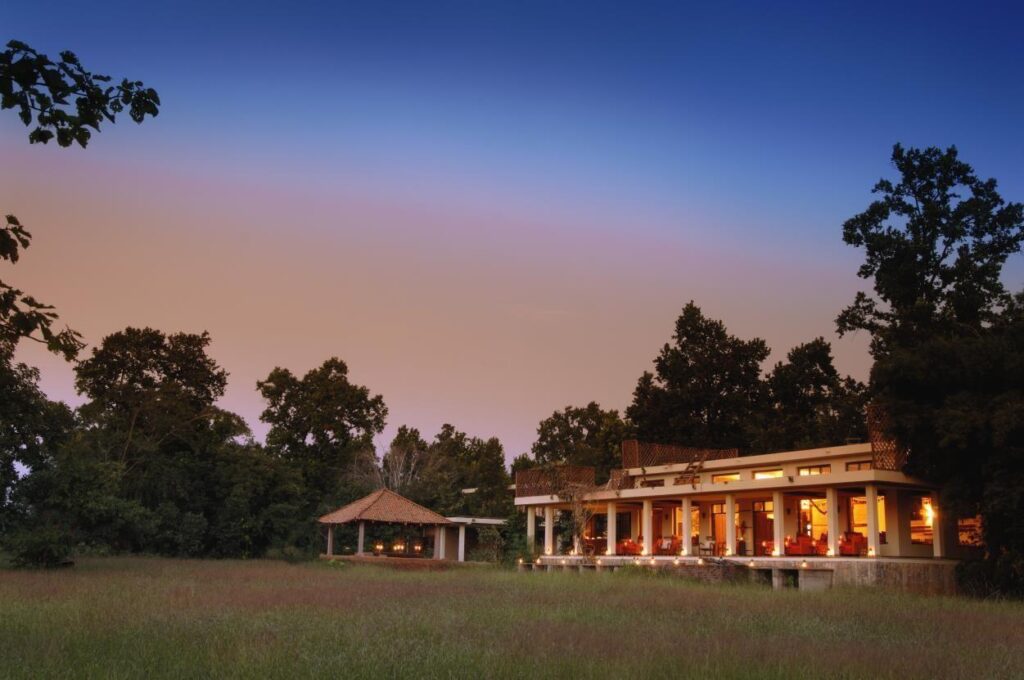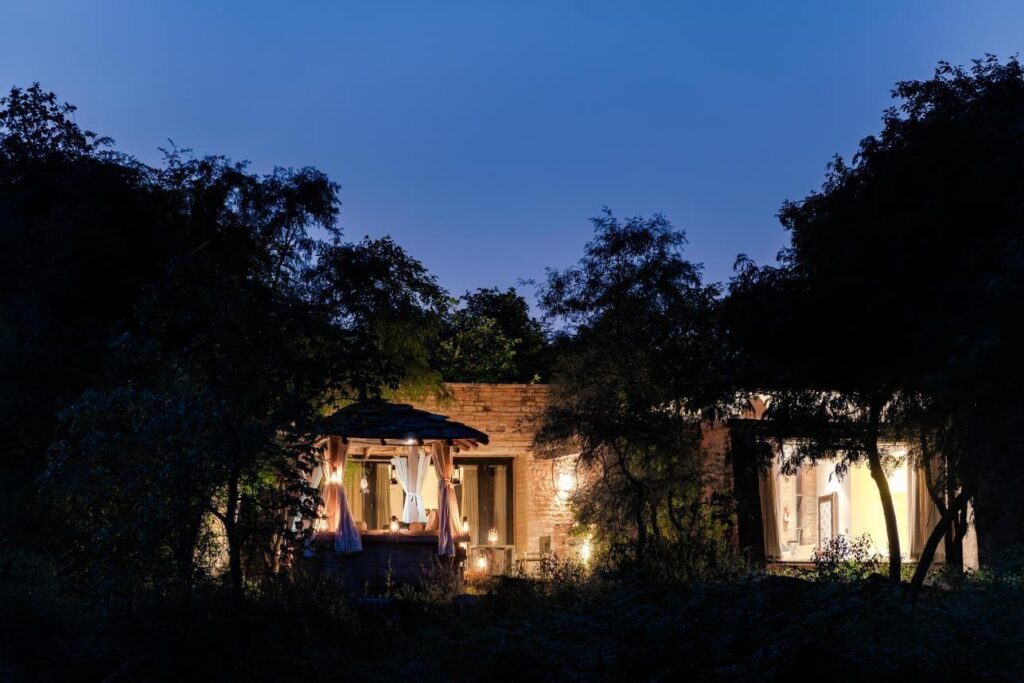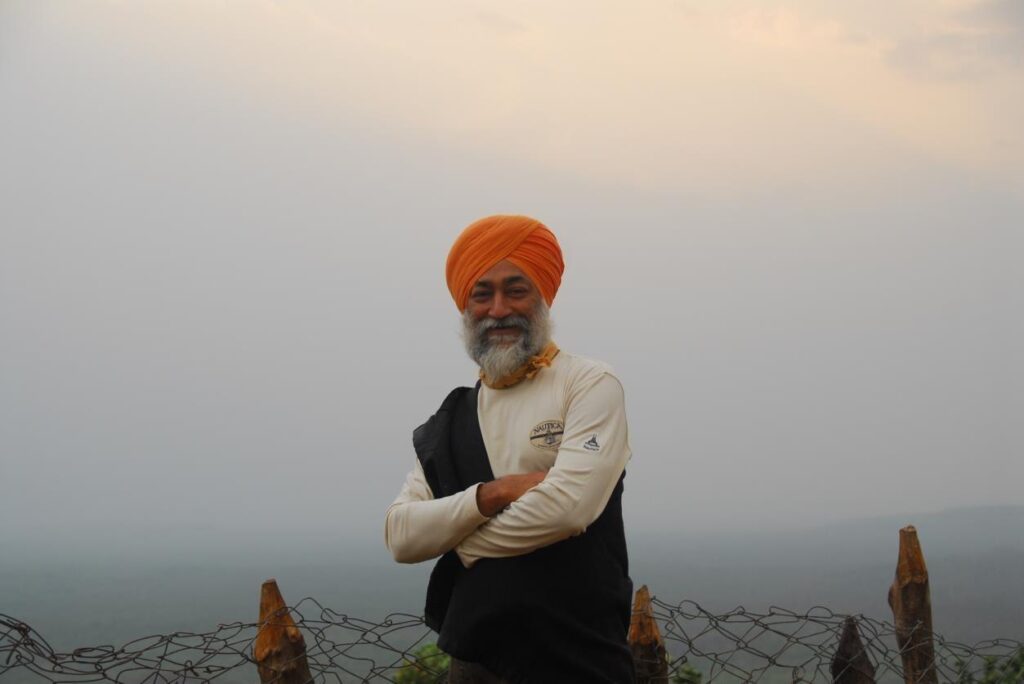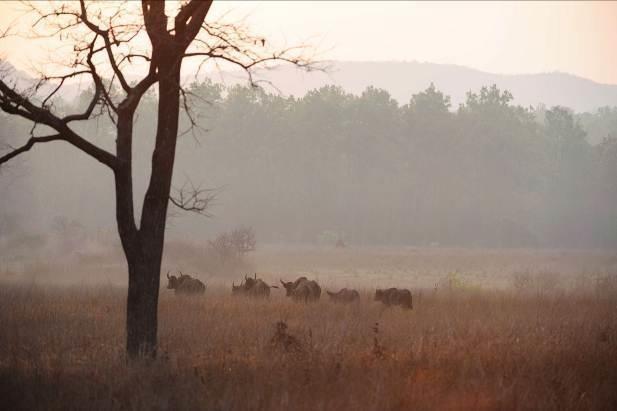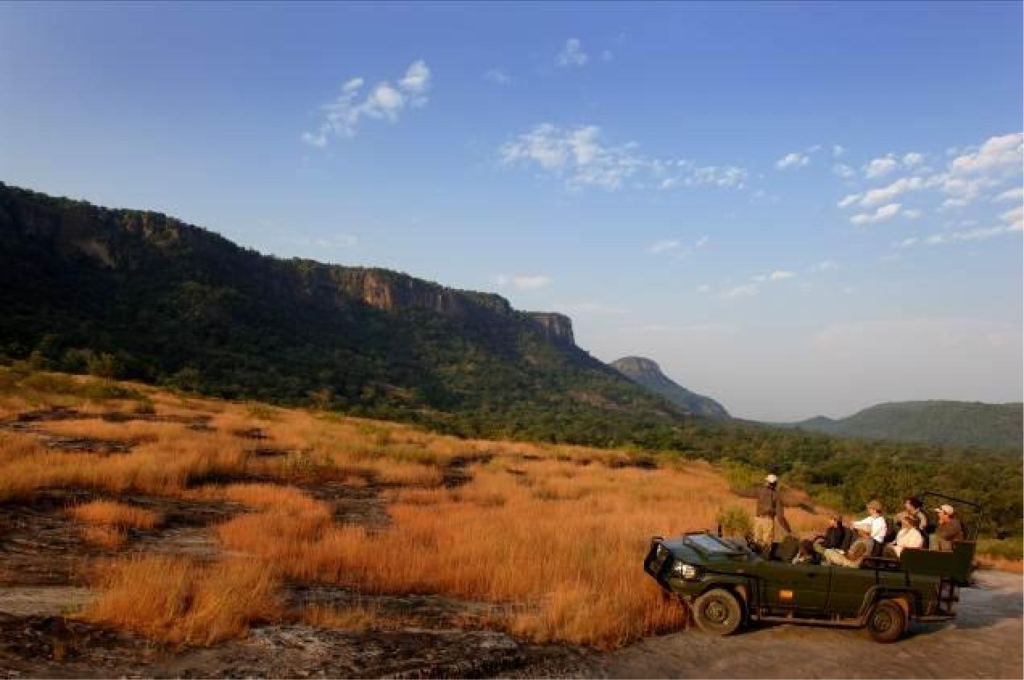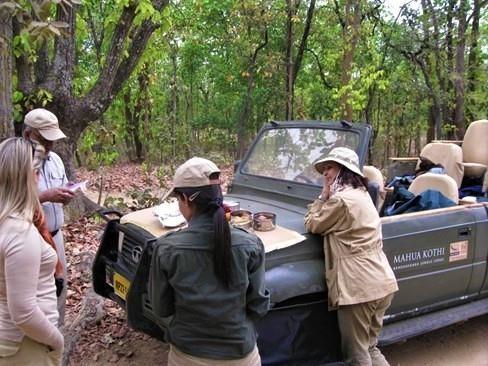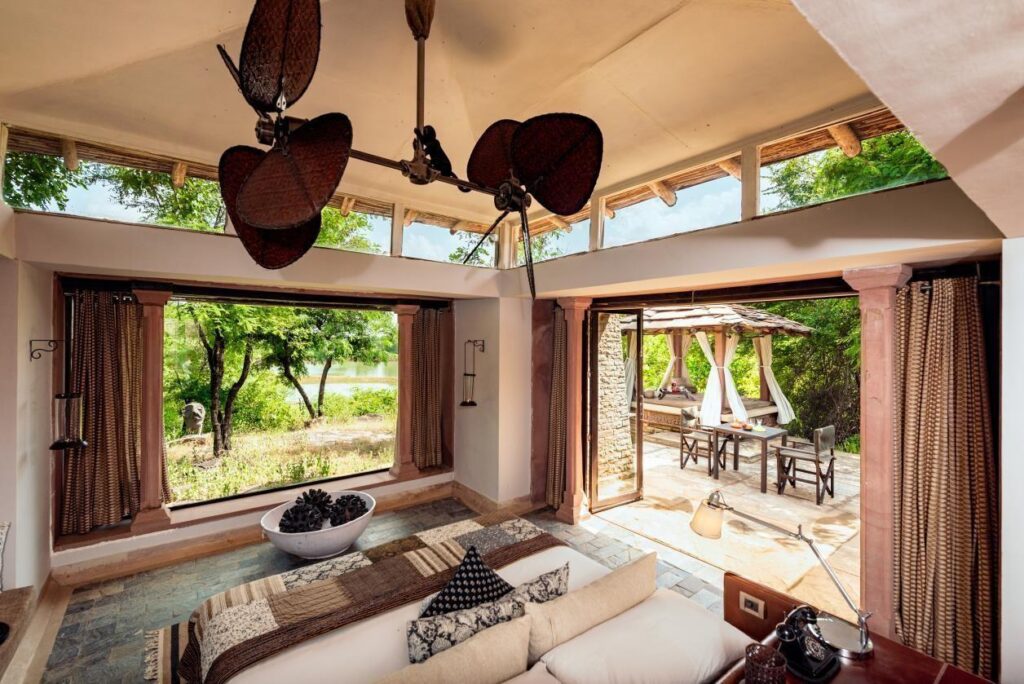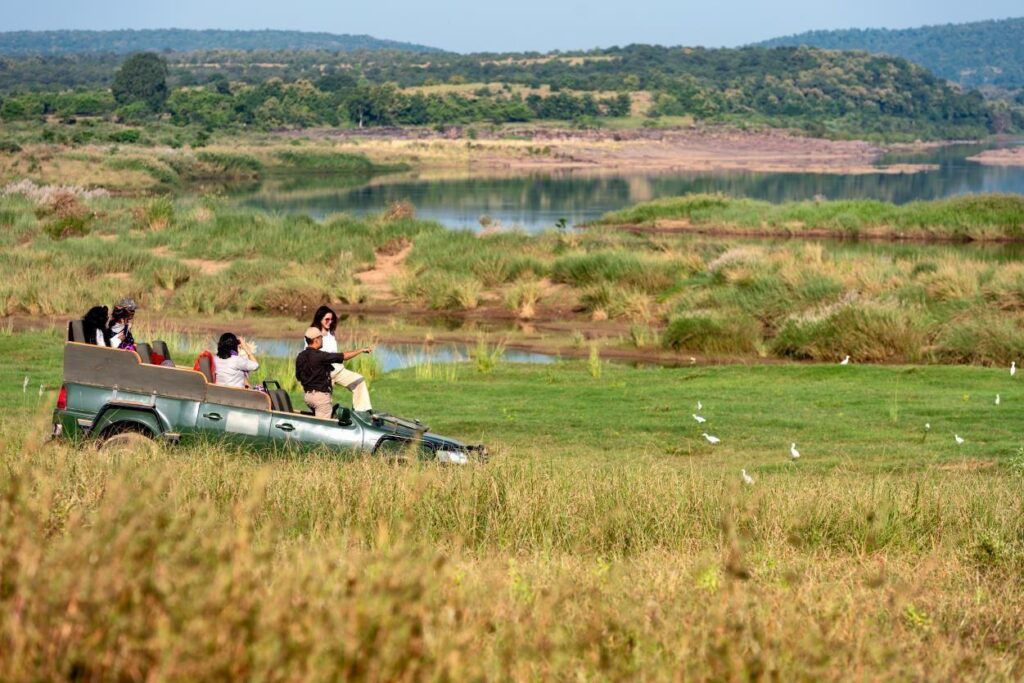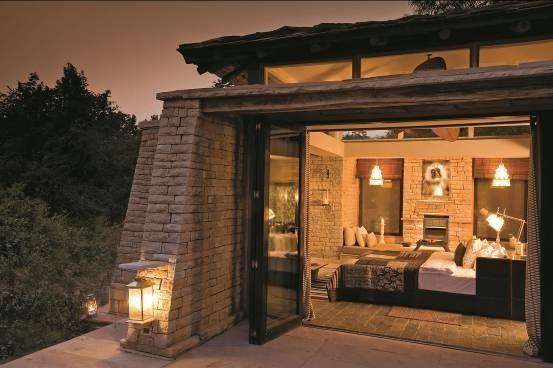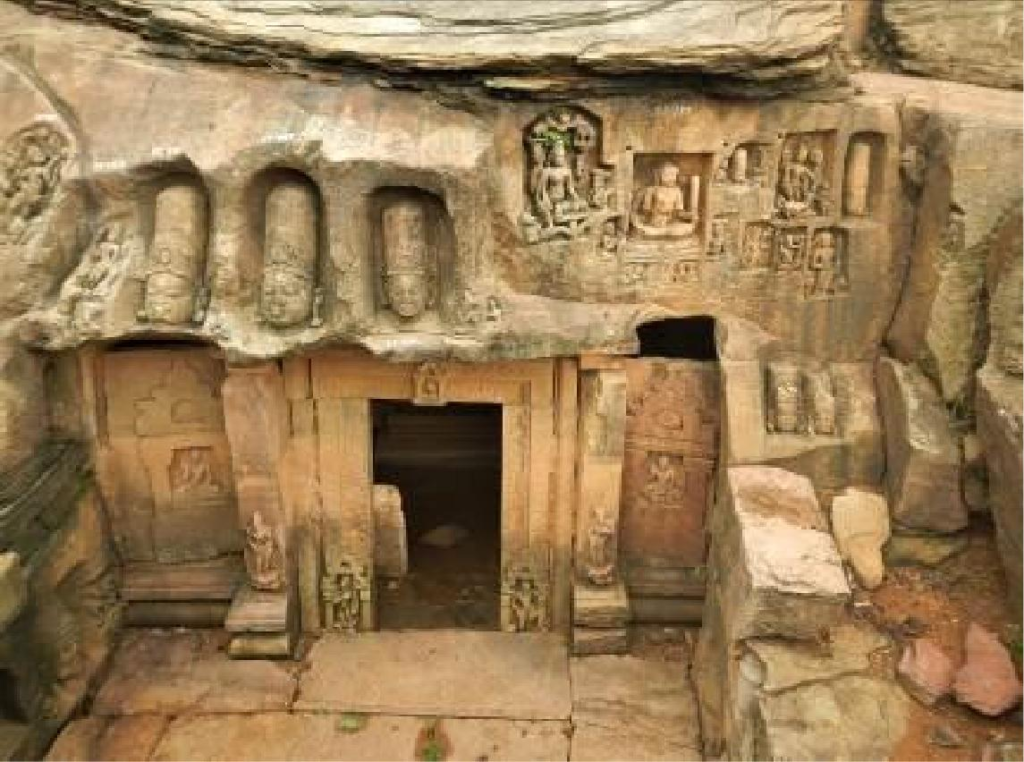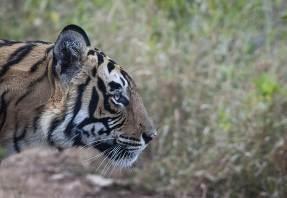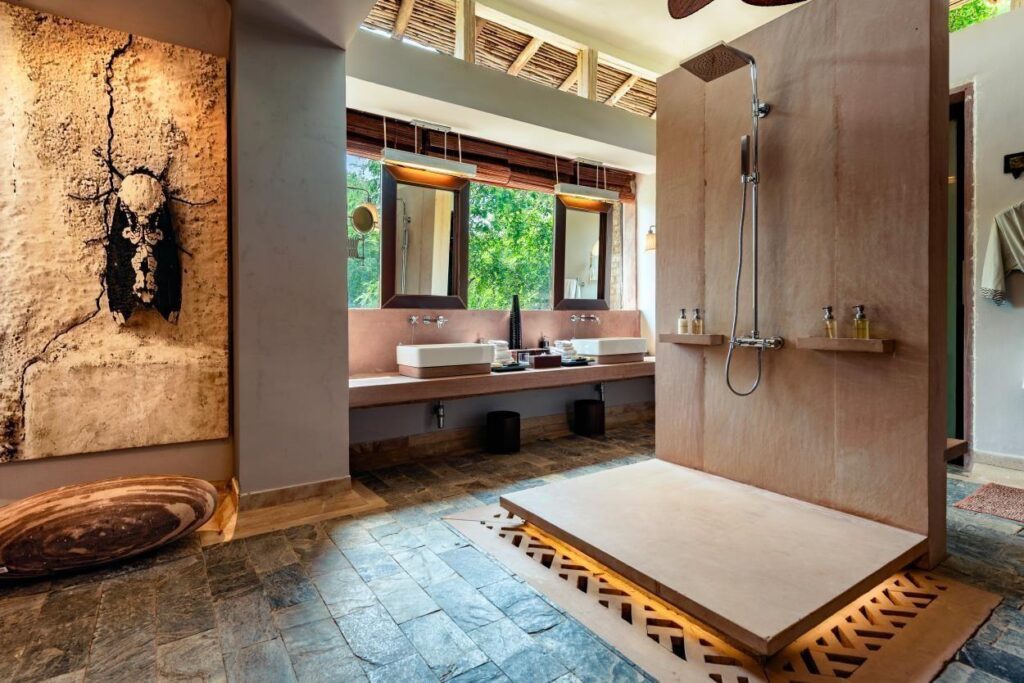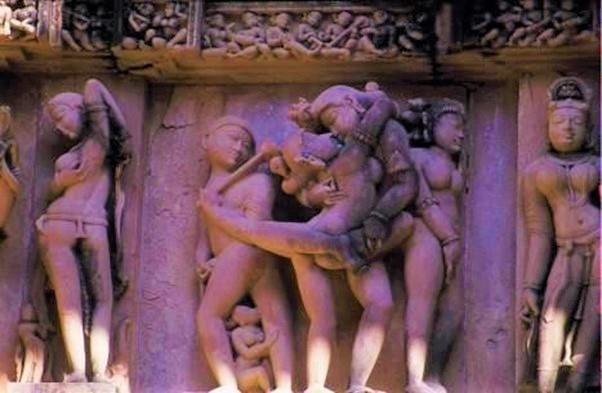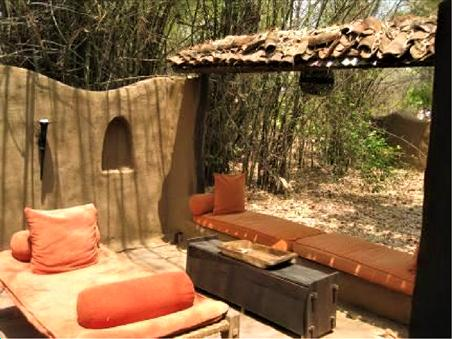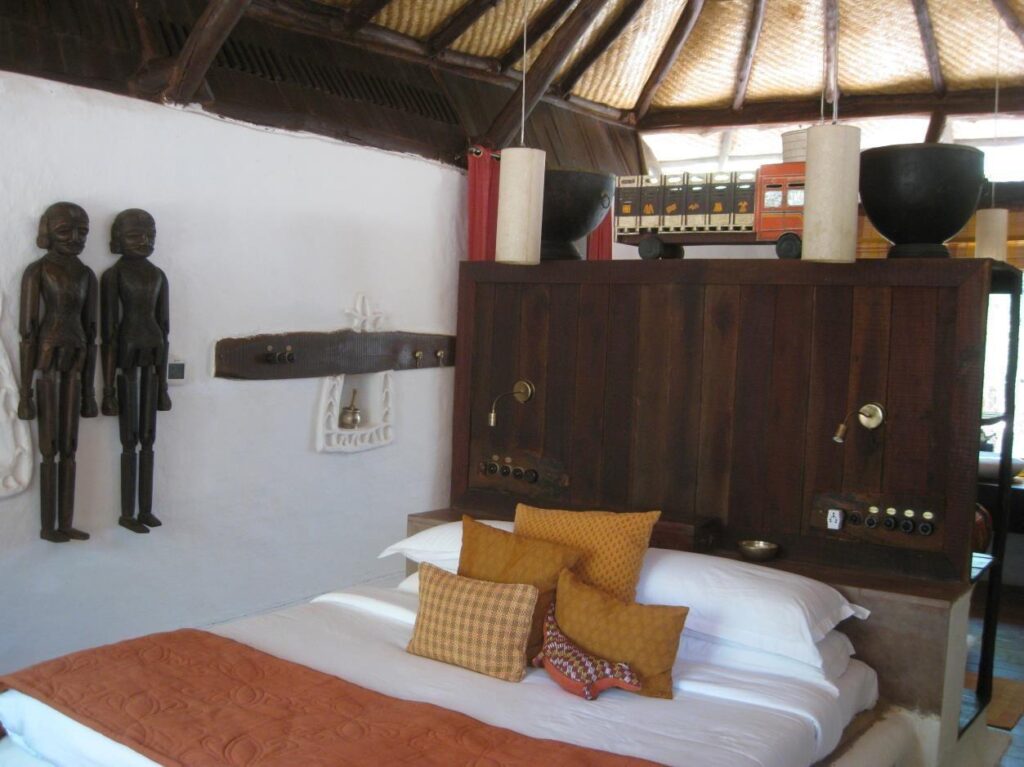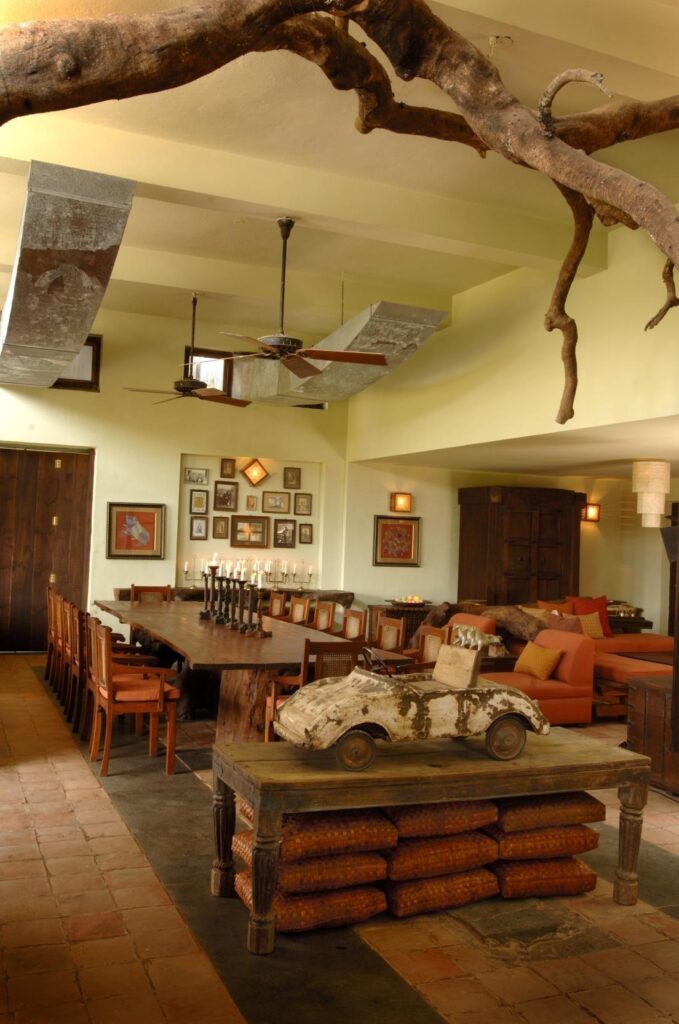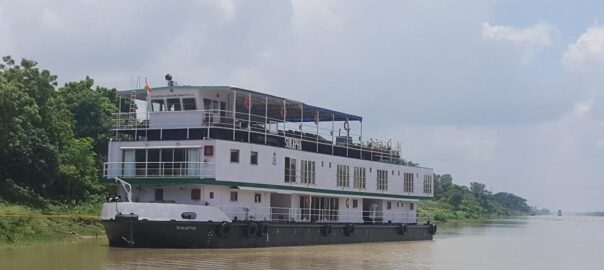
Ibex Expeditions has completed two cruises on the Brahmaputra in 2021 and 2022. The first thing that strikes us is the startling light with the river gleaming like a mirror in a cloudless sky. On the shoreline, the fishermen dip their nets into the water falling into a pool of light. Layers of cultural history give this journey a special contour where stillness has a virtue. On the shore, kingfishers flash by as we enjoy the British era style of the Charaidew.
The Brahmaputra is the third largest river in the world and the largest in India. It originates from the northern side of the Himalayas, in Burang County of Tibet and flows through the ranges before breaking through Arunachal Pradesh and Assam finally entering Bangladesh.
Through its journey it has different names – Yarlung Tsangpo River in Tibet, Jamuna in Bangladesh, and the Brahmaputra in Assam.
The Tsangpo flows into Arunachal Pradesh as the Siang on which we will raft.
28 November – 7 December 2024
A RIVER ISLAND CRUISE FROM SILGHAT TO DIBRUGARH

Highlights:
- Hosted by Anita & Mandip Singh Soin.
- Tea Garden tour in Balipara.
- Bird watching.
- Stay at the boutique Wild Mahseer Lodge, visit Mishing tribe and tree planting to make this journey Carbon Neutral.
- Visit a biodiverse haven of the Eastern Himalayan Botanic Ark.
- Wildlife viewing through float rafts on the Jia Bhoroli River.
- A 7-night river cruise downstream on the Brahmaputra from Silghat to Neamati Ghat.
- Explorer-style deluxe boat – the Charaidew II, varied cuisine and knowledgeable local guides with evening presentations, including a moonlit sandbank barbecue dinner.
- Jeep safari in Kaziranga National Park – a world heritage site.
- Visit Vishnath, known for its Ahom-period Shiva temple.
- A jeep safari to Kaziranga’s little-visited Eastern Range, with grasslands favored by rhinos where we might also spot the rare Bengal Florican.
- Visit Majuli Island, one of the largest islands in the world and see the potters and the traditional mask-making process by the local community.
- Visit a monastery at Auniati with its eclectic museum.
- Visit a monastery with an eclectic museum and a performance by the ‘dancing monks’ at Kamalabari monastery, Auniati.
- Visit a tea estate in Jorhat.
- Contribute to the Give Back to Nature programme of the WWF India.

ABN Charaidew II’s length is 44.50 m and breadth is 11.00 m, powered by 2 engines with an extra-shallow draught. We will have 18 cabins with 2 spacious deluxe cabins (350 sq. feet), 12 spacious twin/double cabins (240 sq. feet.) on the upper deck and 4 queen size bed (170 sq. feet) on the main deck. All standard cabins have French balconies, while the two deluxe cabins have a private balcony.
The decor reflects a sense of homecoming to Assam, with touches of colonial elegance, brought to life by traditional Assamese designs on hand-woven cotton fabrics. There is a comfortable saloon and bar, dining room, a big open sundeck, gym, and a small spa onboard which offers a wide range of treatments.
November 28 Delhi – Guwahati by UK 741 0940 – 1205 by road to Balipara
We will be received at Guwahati airport and transferred to Wild Mahseer, Balipara by Toyota Crysta cars. The road journey from Guwahati airport to Wild Mahseer is around 5 hours.
Wild Mahseer is a unique heritage stay for visitors to experience mindful tourism while living within the biodiverse haven of the Eastern Himalayan Botanic Ark.
Unravel the mystique of tea and history on our tea garden tour and let us tell we the story of how tea was introduced in India over “ChaiKiBaat” and a tea tasting session with our tea experts.


November 29 – Balipara (Friday)
Today, we will leave at 6 am for Nameri National Park, a bird watchers paradise, with photographers, ornithologists who have spent days in this forest studying behavior patterns of these birds.

At 9 am, we will go on a float raft trip on the Jia Bhoroli River and return via the Baligaon Green Village at 11 am. The Baligaon Mishing Village is Assam’s first certified green village.
Tree planting in and around the property.
Tea gardens walk 4:00 pm
November 30 Saturday Balipara – Silghat. Cruise begins.
The transport will pick us up from Wild Mahseer and take we to the starting point of the cruise, Silghat, a picturesque beach below jungle -covered hills and close to Kaziranga National Park. The drive from Balipara to Silghat is around one and half hours.
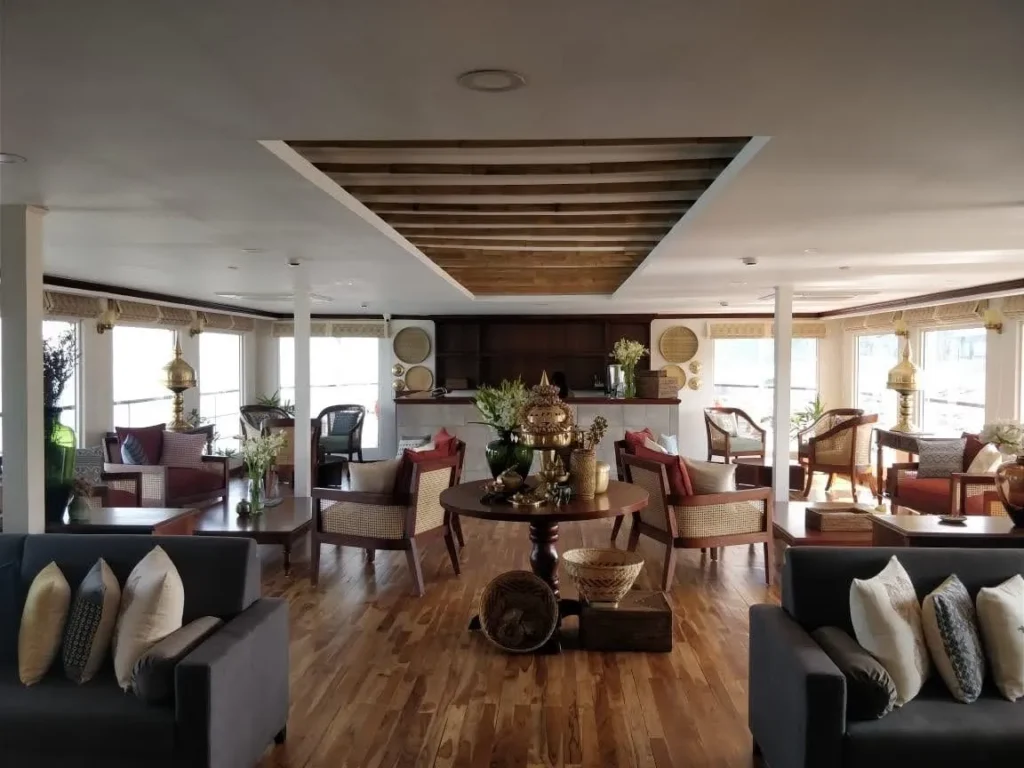
The Charaidew is one of the longest boats on the river.
The cabins have balconies and views of the passing river. We will do excursions to see historical, cultural, and natural wonders.
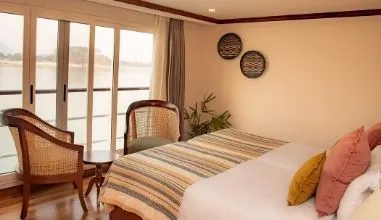
Queen

Deluxe

Twin/Double

Saloon/Bar
Temperatures: High 28 and low 14 Celsius
December 01 Sunday Boat – Kaziranga – Boat
After an early breakfast, we will be driven to Kaziranga’s Central Range for a morning jeep safari.
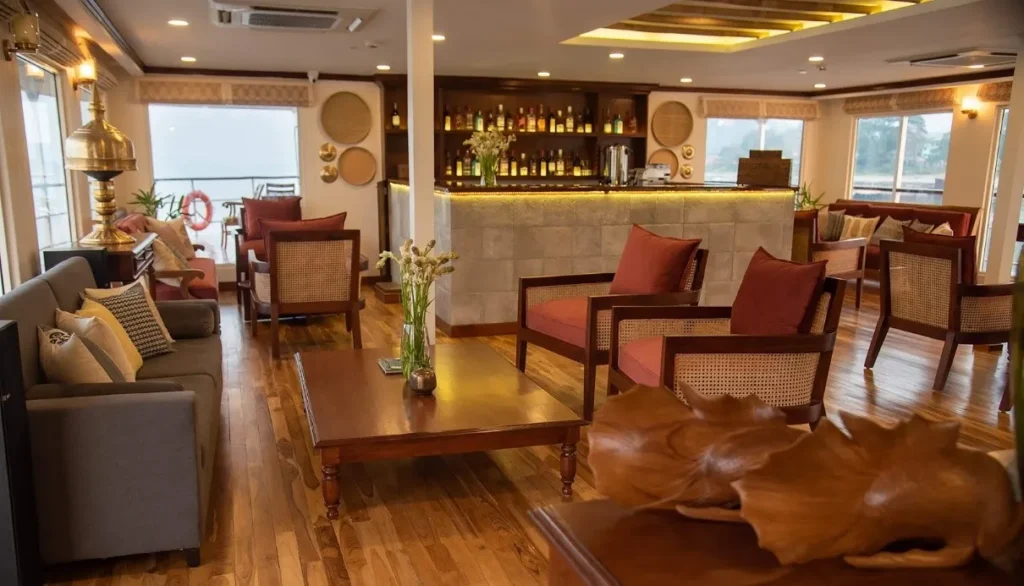
Covering an area of approximately 430 sq kms, the UNESCO World Heritage Site of Kaziranga National Park is home to the world’s largest population of the Indian One-Horned Rhinoceros as well as the Indian Wild Water Buffalo. It has also earned the distinction of having the highest density of Royal Bengal Tigers (one every five sq. km.), making this park an incredibly rich biodiversity hotspot. With its marshy swamps and thickets of elephant grass, the park supports large populations of Indian elephants, Indian bison, swamp deer, and Capped Langurs.
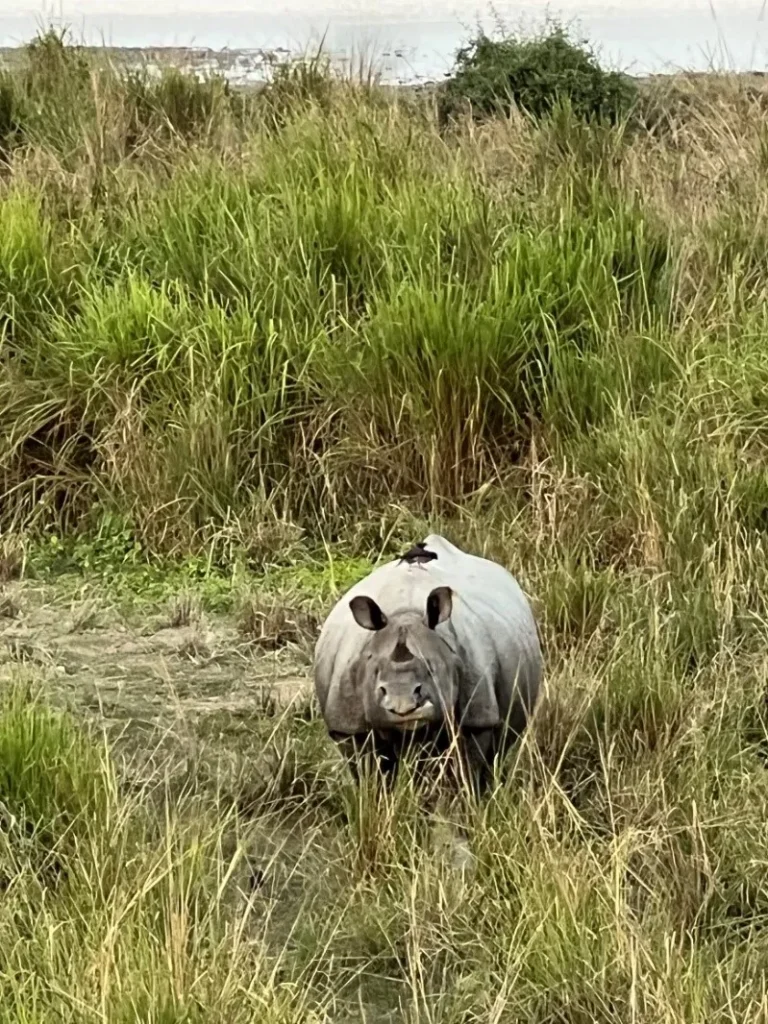
Kaziranga National Park frequently draws comparisons to the Serengeti in Africa due to the park’s abundance of wildlife and birds and is considered a birding paradise. Bird species found here include the Oriental Honey Buzzard, Black-shouldered Kite, White-tailed Eagle, Himalayan Griffon and more.
Returning to the ship, we will cruise upstream with Kaziranga National Park on the right bank to anchor for the night at Vishnath.
December 02 Monday Boat – Vishnath – Dhansiri Mukh – Boat
This morning we will visit Vishnath, known for its Ahom-period Shiva temple. Walk through the town before reboarding and setting off again, with Kaziranga still on the far bank. Keep an eye out for wild elephants and buffaloes which have been spotted, and once, memorably, a tiger.
A leisurely afternoon of cruising down the river offers a good chance of spotting the endangered Gangetic dolphin, as well as observing life in the bankside villages as we pass. Arrive in the evening at Dhansiri Mukh.
December 03 Tuesday Boat – Kaziranga – Boat
This morning, we will dock and take a jeep safari to Kaziranga’s little-visited Eastern Range, with grasslands favored by rhinos where we might also spot the rare Bengal Florican. Return to the boat and continue our cruise upstream.
December 04 Wednesday Boat
Today brings another opportunity to watch life unfold on the riverbanks as we cruise upstream. The languid pace of life onboard the boat offers a rare opportunity to sit and watch the world slip by, chat with fellow guests, or catch up on our reading. We will have time to stretch our legs with a walk through a bankside village, gaining an insight into life in rural India.
December 05 Thursday Boat – Majuli Island – Boat
We will reach Majuli Island around breakfast time. One of the world’s largest river islands and a microcosm of Assamese culture, Majuli is much-photographed but little-visited. It is a stronghold of the peaceful religion of neo-Vaishnavism and the elegant island satras — for celibate monks, for families — highlight a unique way of life where the faithful live simply, offering worship through gayan-bayan (songs and musical instruments) and readings.

We will visit a monastery at Auniati with its eclectic museum, then attend a dance performance at Kamalabari monastery before cruising across to Neamati Ghat on the opposite bank. In the afternoon, we will have the opportunity to visit a nearby village.
December 06 Friday Boat – Jorhat – Sibsagar – Boat
Today we will visit a tea estate in Jorhat and observe the journey from tea bush to cup. (Please note that the factory is inoperative between December and mid-March.) Later, we will be driven to Sibsagar, the one-time capital of the Ahom kings of Assam.
Shan by origin but converts to Hinduism, the Ahoms ruled Assam for 700 years until the 1820s. Their culture and architecture is a unique and intriguing amalgam of India and Southeast Asia. We will see temples with stupa-like profiles and palaces of distinctive form. The temple tank here is believed to be the world’s largest hand-excavated reservoir and quite the feat of engineering, as we will see. Return to our ship, which will have cruised up to Neamati Ghat, close to Jorhat.
December 07 SaturdaybDisembark from boat and drive to Dibrugarh airport for flight to Delhi by 6E 6604 departing at 1455 – 1830 hours.
This morning, we will be driven to Dibrugarh airport, a journey of around 4 ½ hours, passing through this typical colonial town and a major base for American flights over ‘The Hump’ to China in WWII.
This itinerary, including the cruise and approximate driving durations, is subject to river and weather conditions. Kaziranga National Park comprises low-lying grassland, which may not be visitable when the river is at or near flood level.
This journey is limited to 36 participants and Ibex Expeditions will have the Charaidew II as an exclusive chartered boat.
NOTE: Should the fuel costs rise by more than 10%, there will be a fuel surcharge.
CABINS: These will be allocated by Ibex Expeditions.

Inclusions:
- Hosted by Anita & Mandip Soin
- All transport as in itinerary from Guwahati to Balipara to Silghat and back from Neamati Ghat to Dibrugarh airport.
- 7 nights on Charaidew II boat on full board basis.
- Shore excursions include all admission.
- An in-house guide and naturalist during excursions and onboard
- Turndown service in all cabins.
- Expertly trained culinary staff.
- Indian and Western cuisines.
- Wide choice of wines, spirits, and beer available. (For purchase)
- Complimentary Tea and coffee through the day.
- Dance & song performances.
- 24/7 power backup.
- Wi-Fi internet in the saloon, sundeck, dining hall (subject to network availability) during the day.
- 2 nights on full board basis at Wild Mahseer lodge with all activities as mentioned.
- Jeep safari in Kaziranga National Park.
- Walking safari at Nameri National Park and forest reserve.
- Guides and Naturalists.
- Covid protocols by all ground partners will be met with.
Exclusions:
- No services in Delhi. (Unless requested for at an additional charge)
- Flight tickets international and domestic sectors.
- Travel & Medical and evacuation insurance
- Tips and gratuities for camp staff and rafting guides in Arunachal, Charaidew II boat crew, Wild Mahaseer lodge staff and vehicle drivers. (Plan for Rs 6000-7000 per person)
- Personal medicines.
- Covid pre trip tests and masks, sanitizers
- Alcohol, beverages, laundry, Spa expenses and other personal expenses.
FOR ITINERARY AND MORE DETAILS
Email Ibex Expeditions for details @ibex@ibexexpeditions.com
